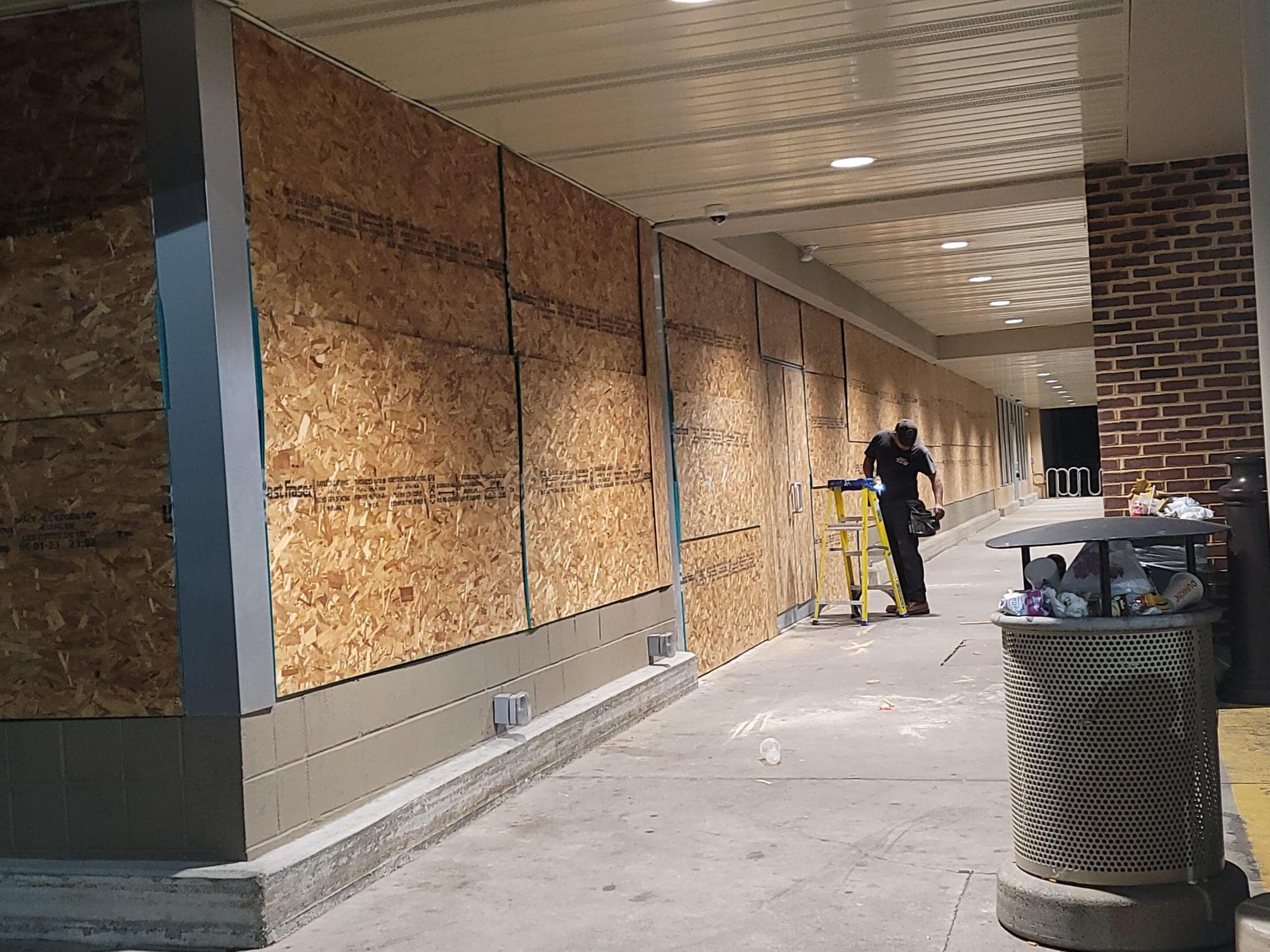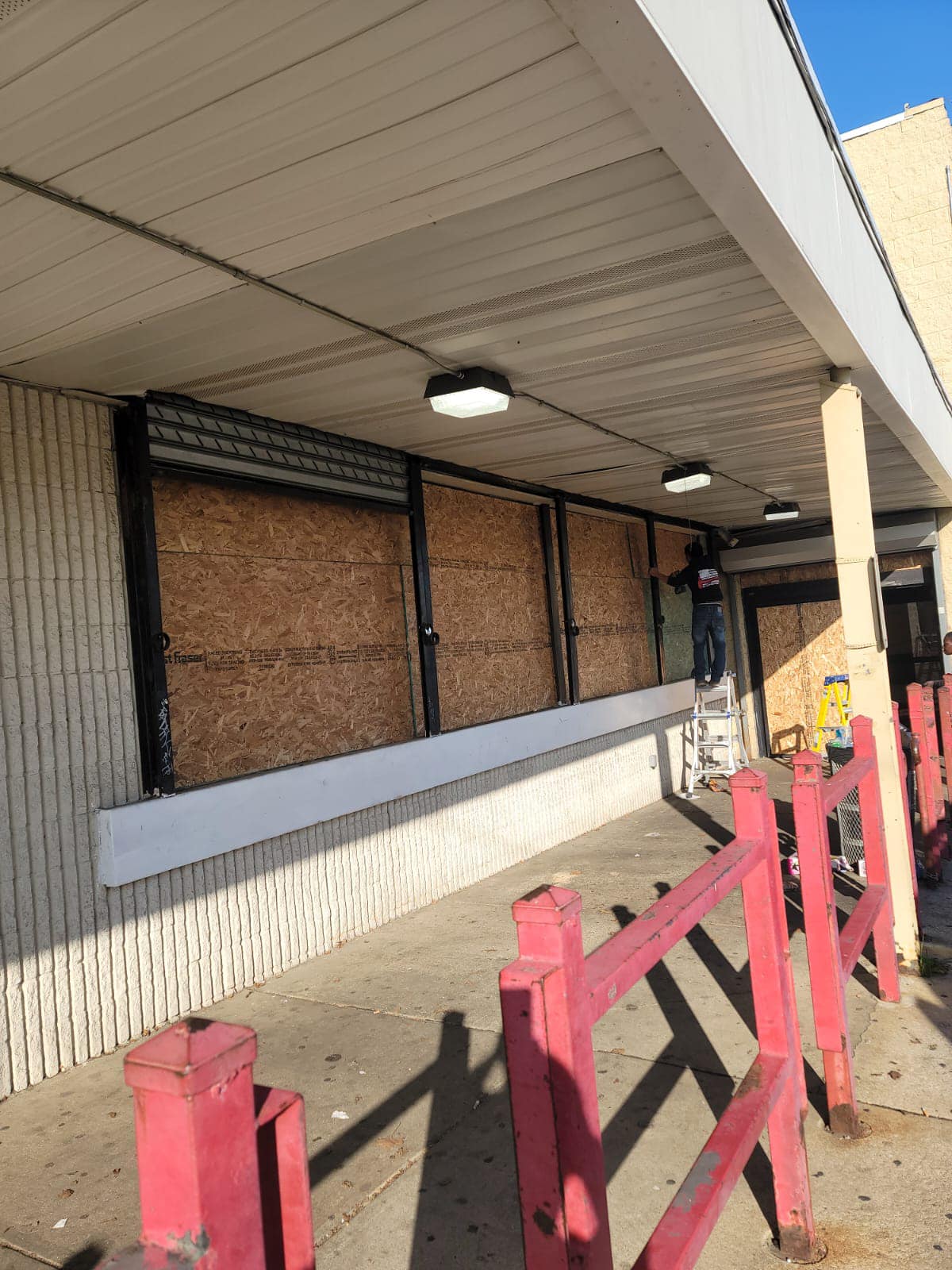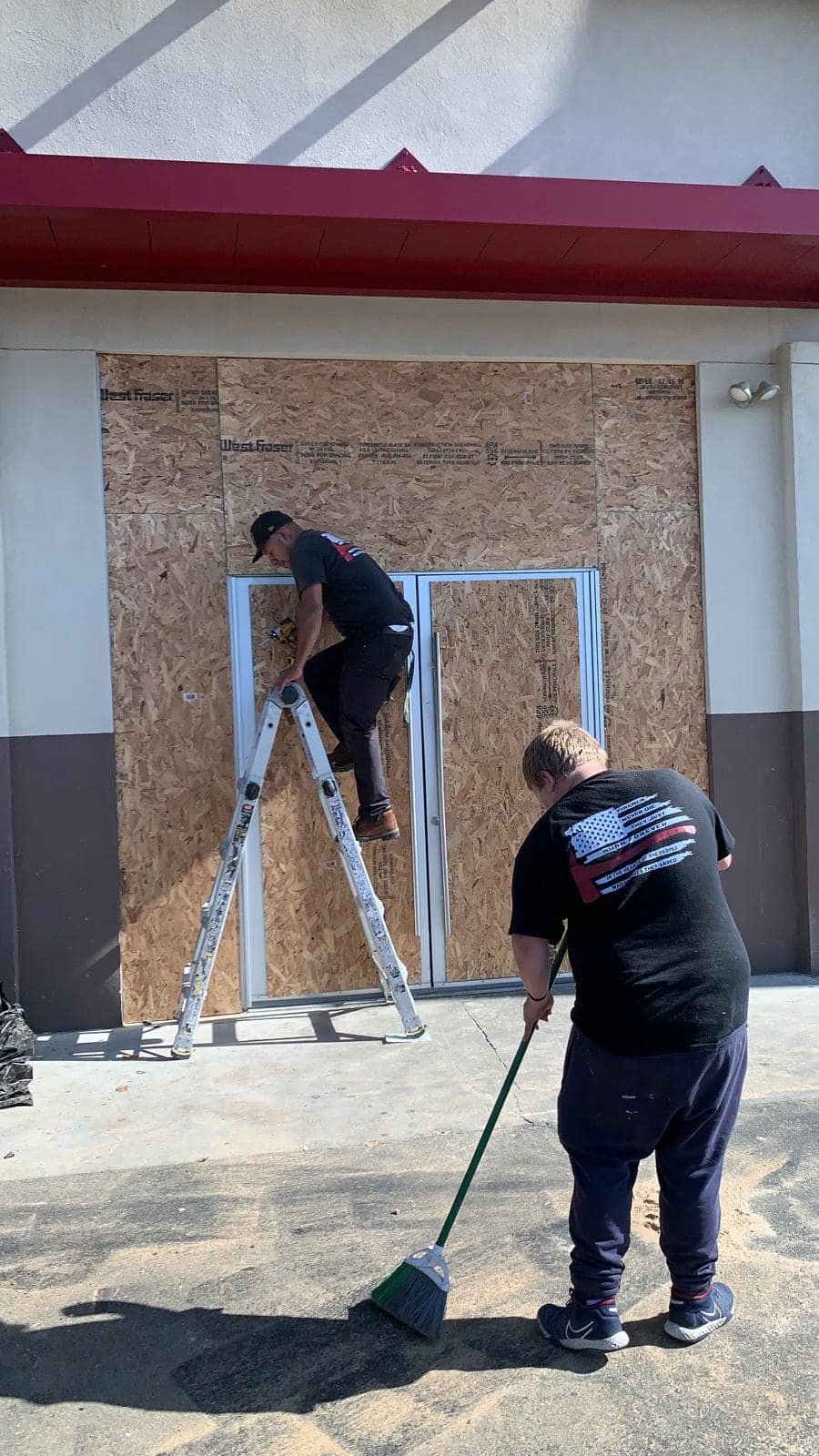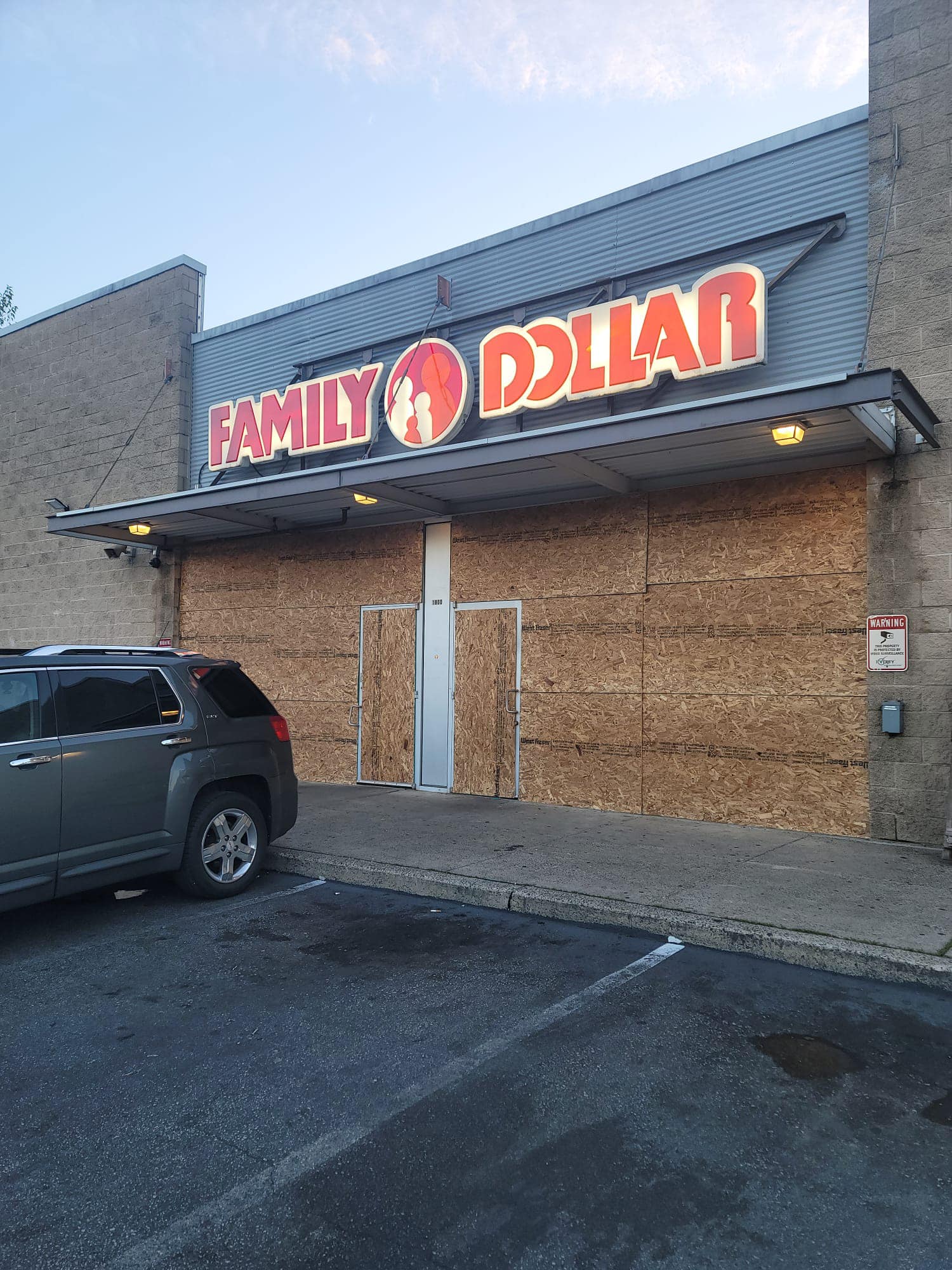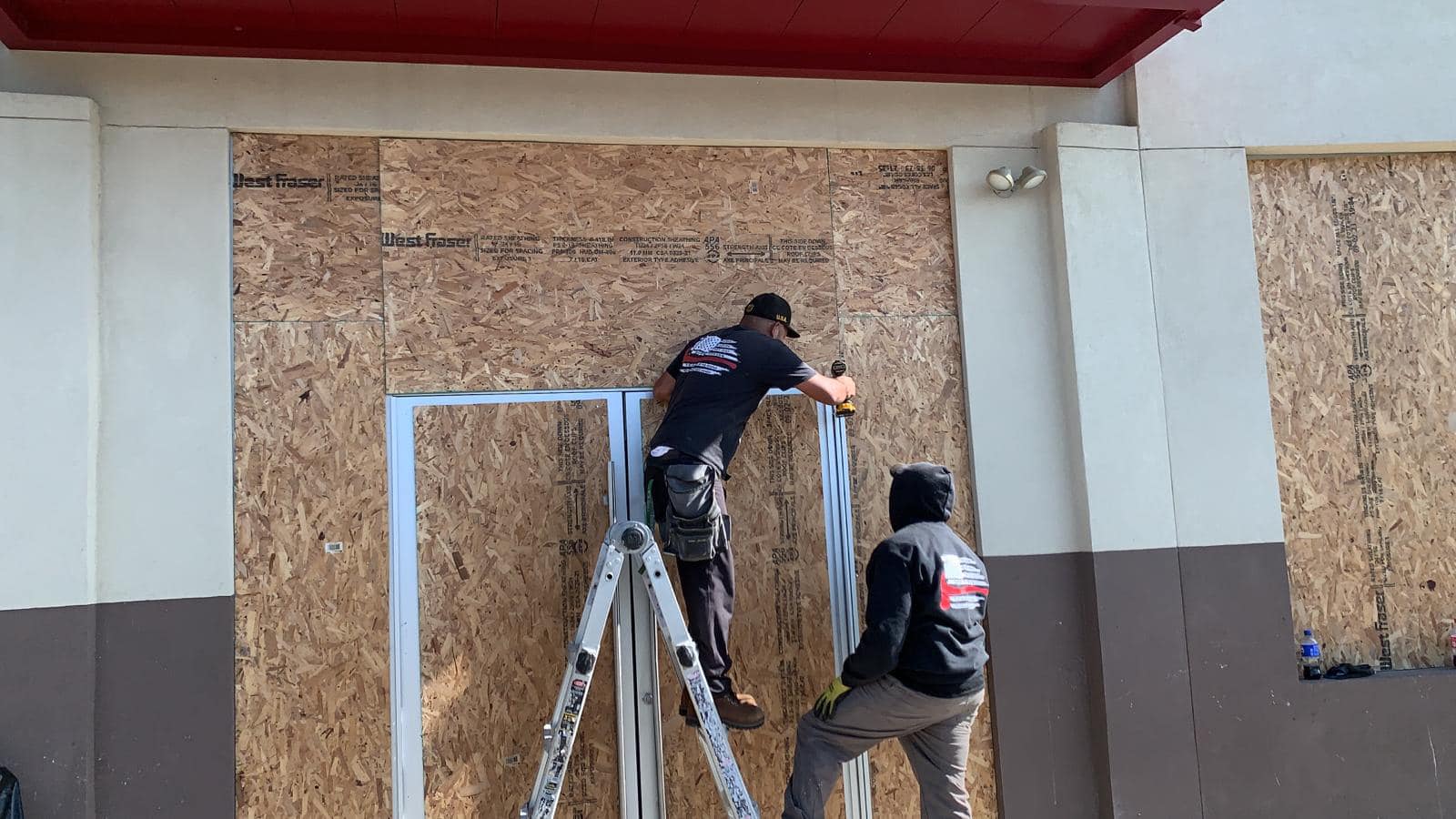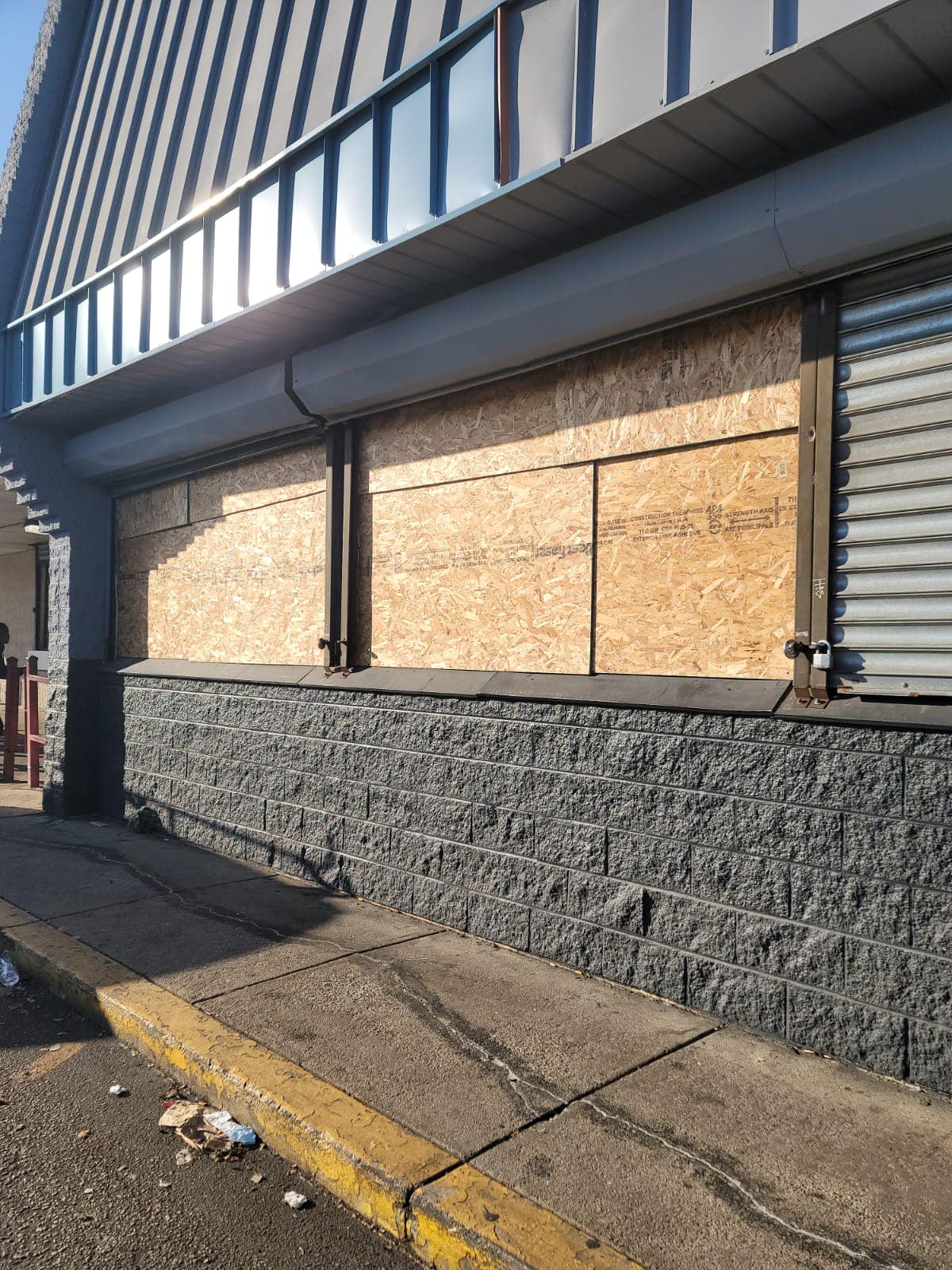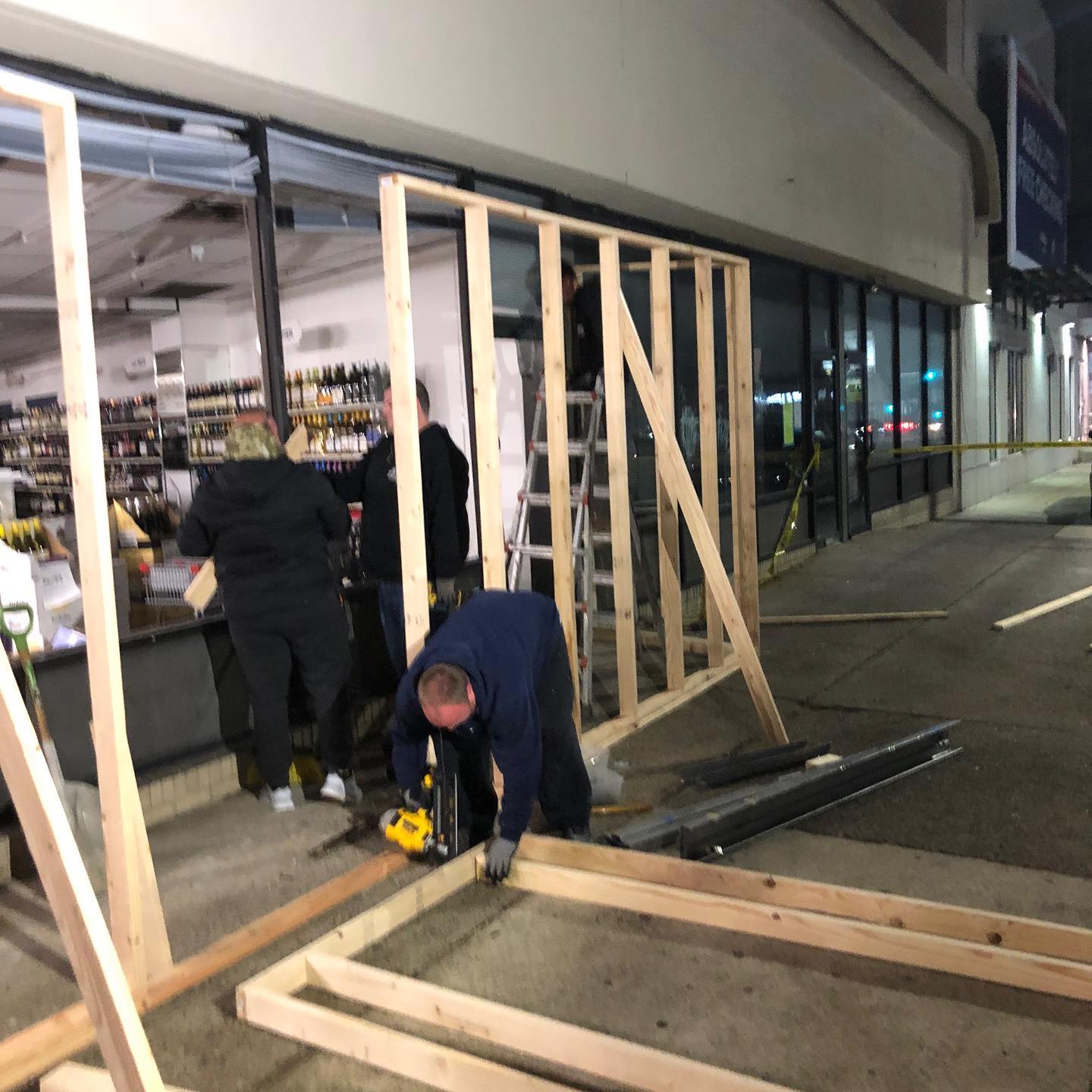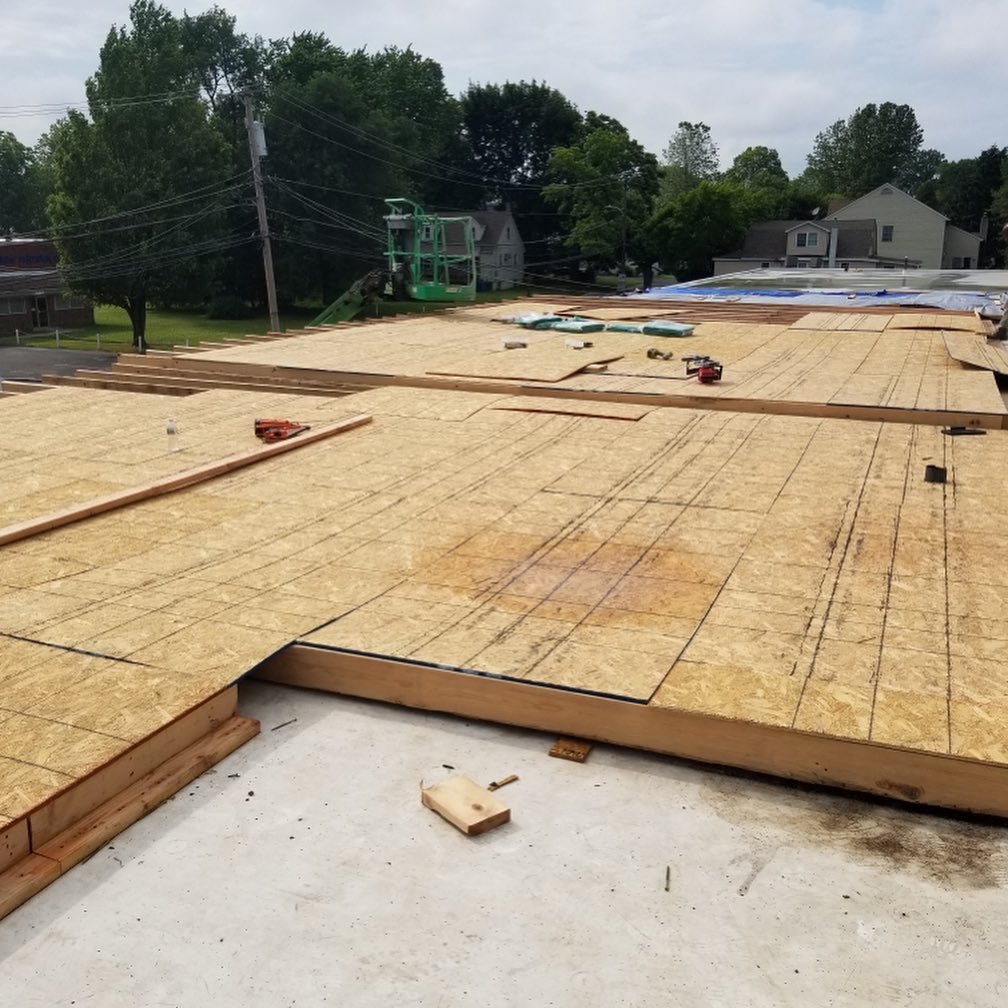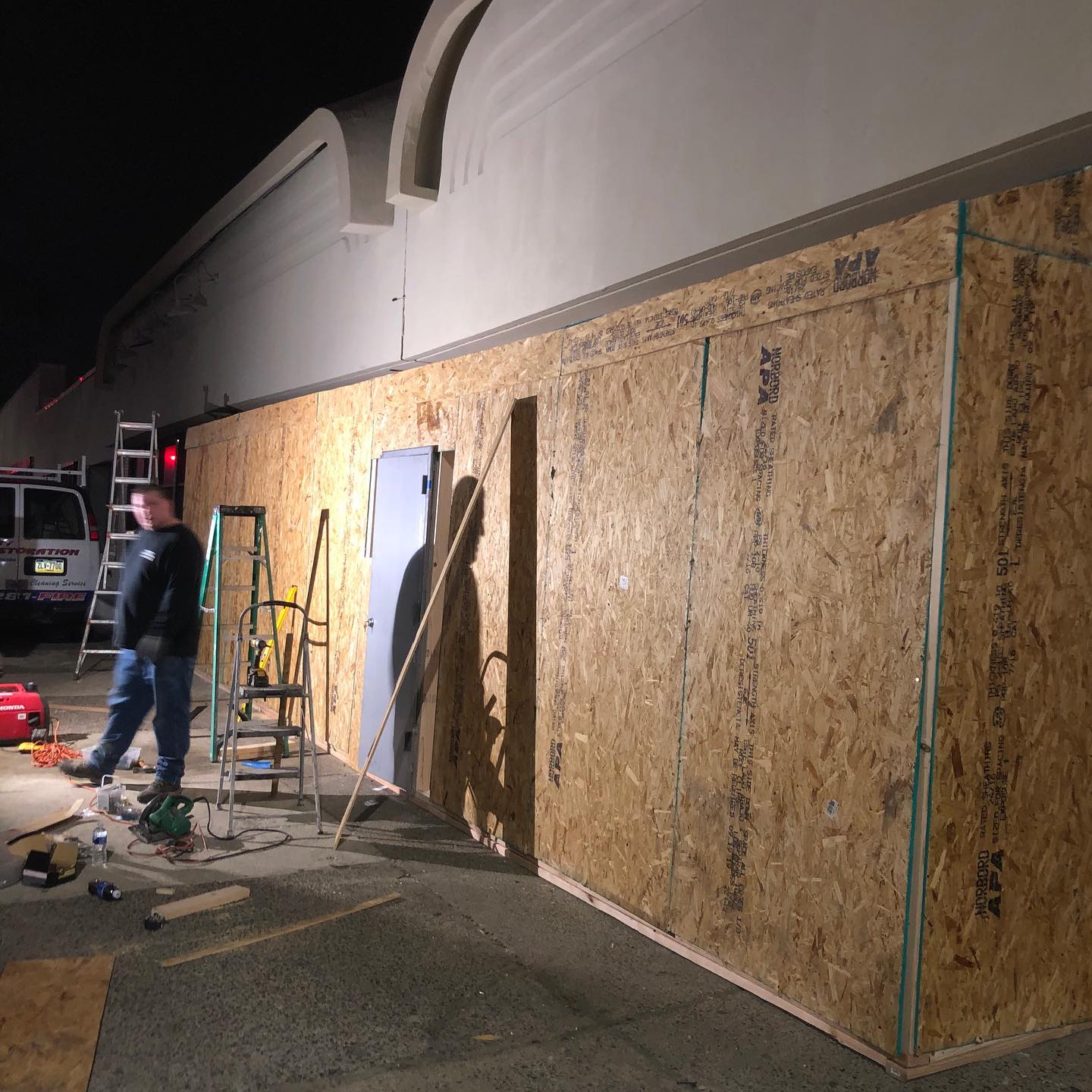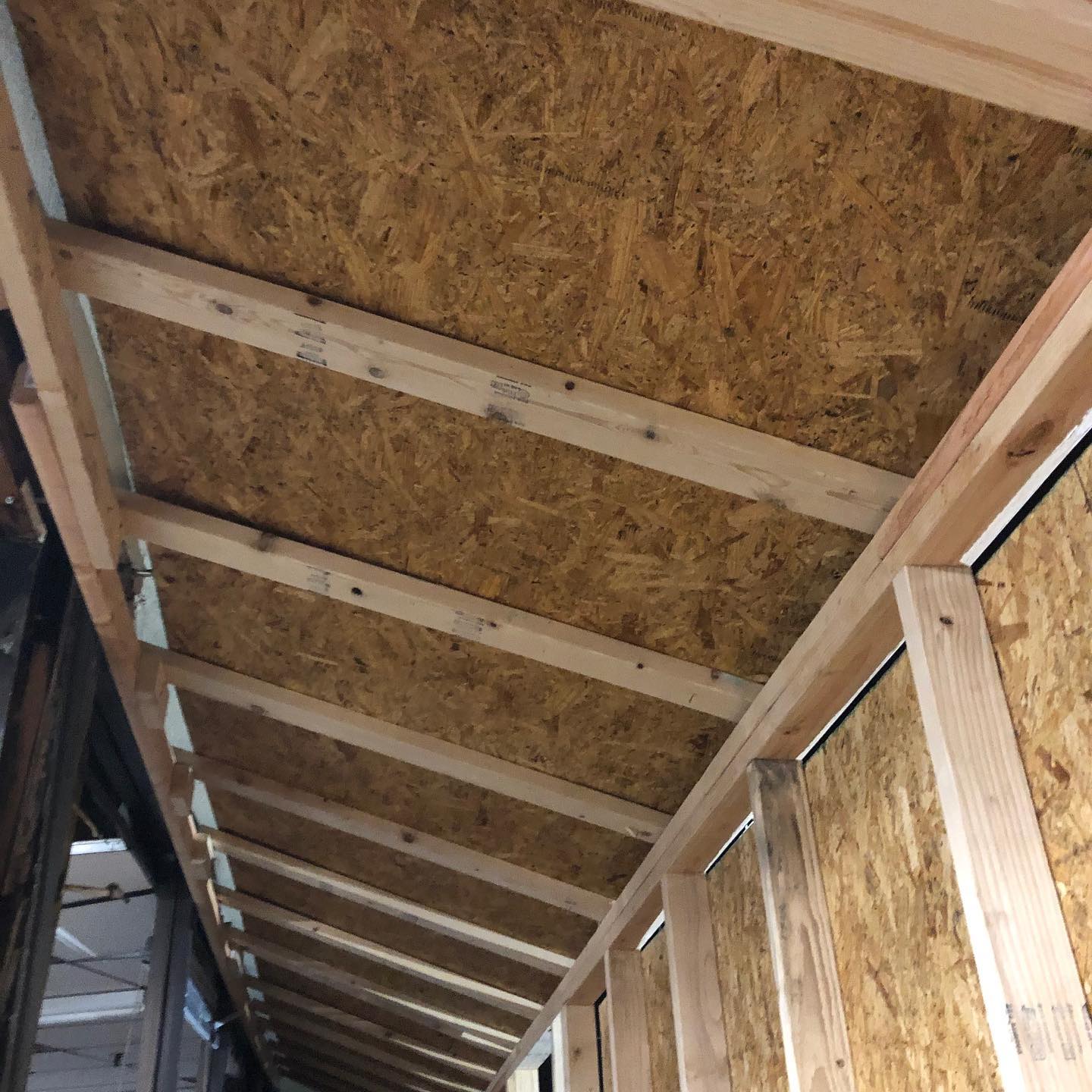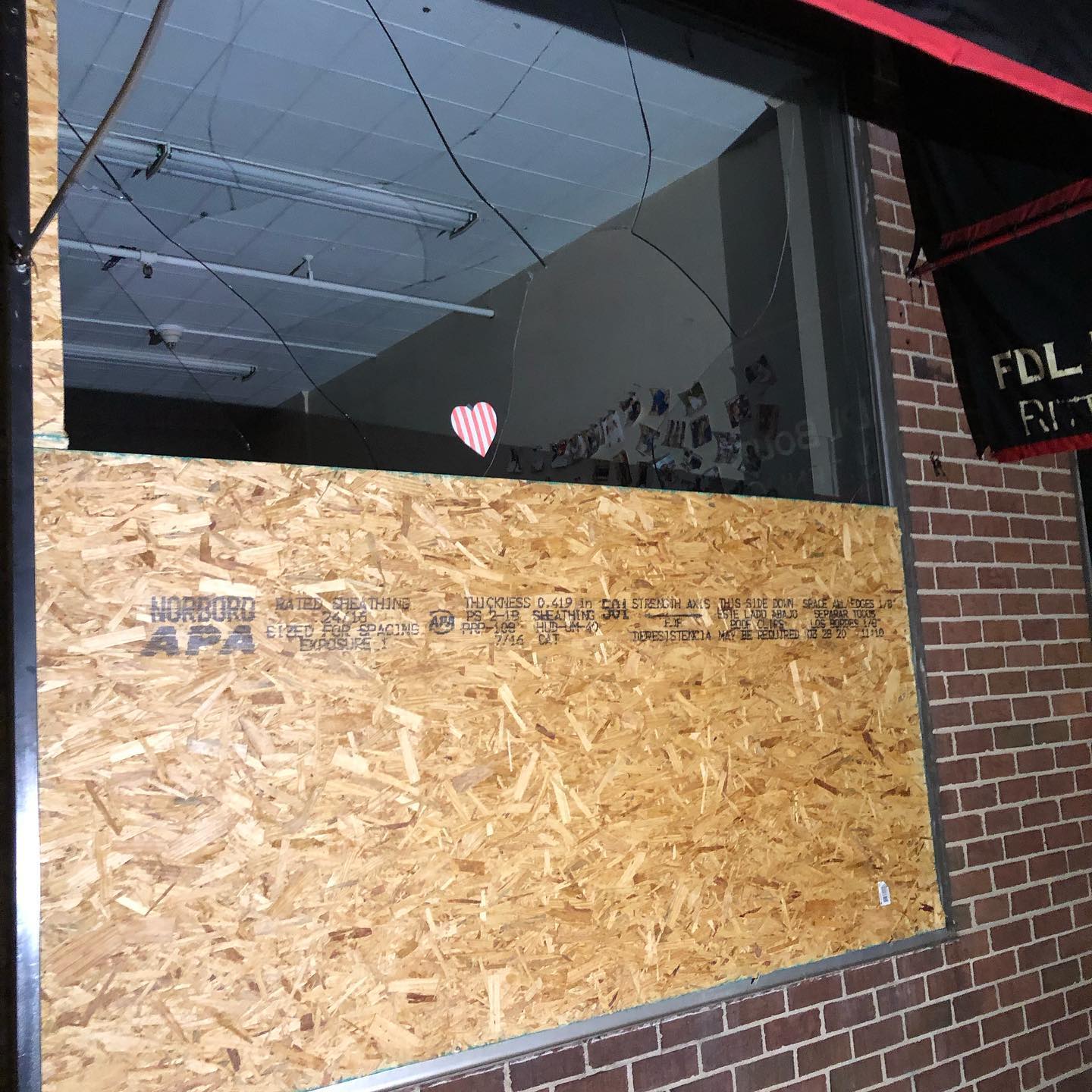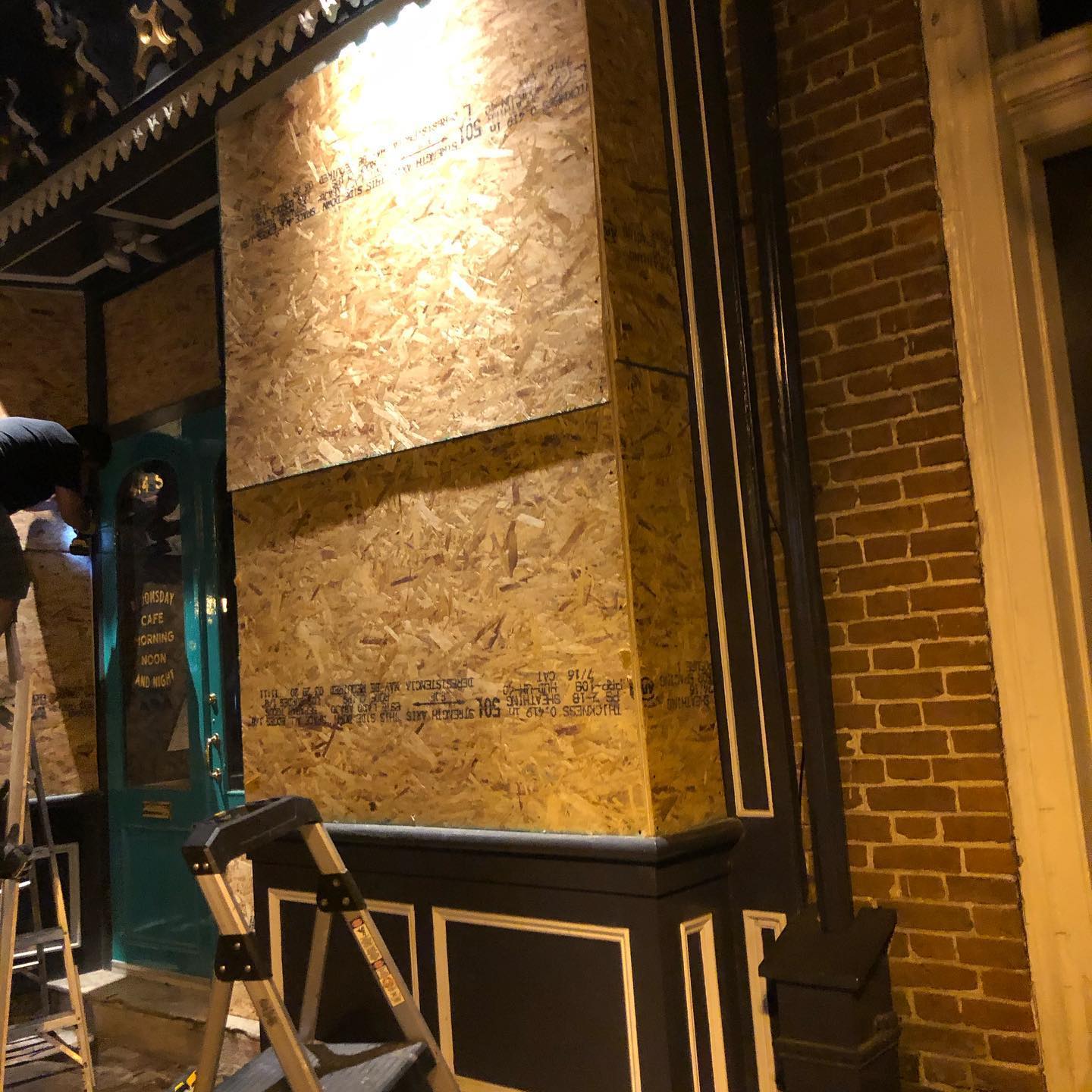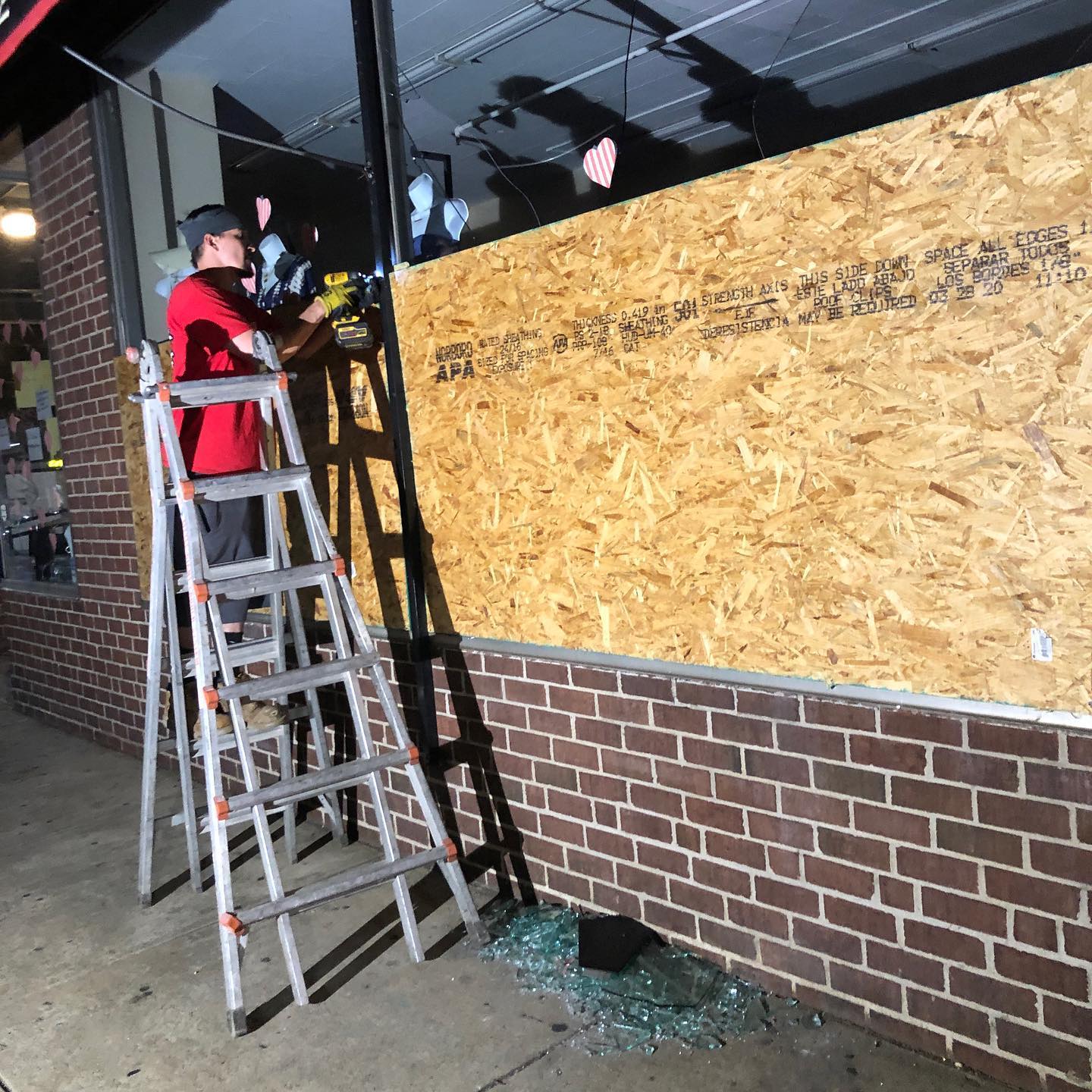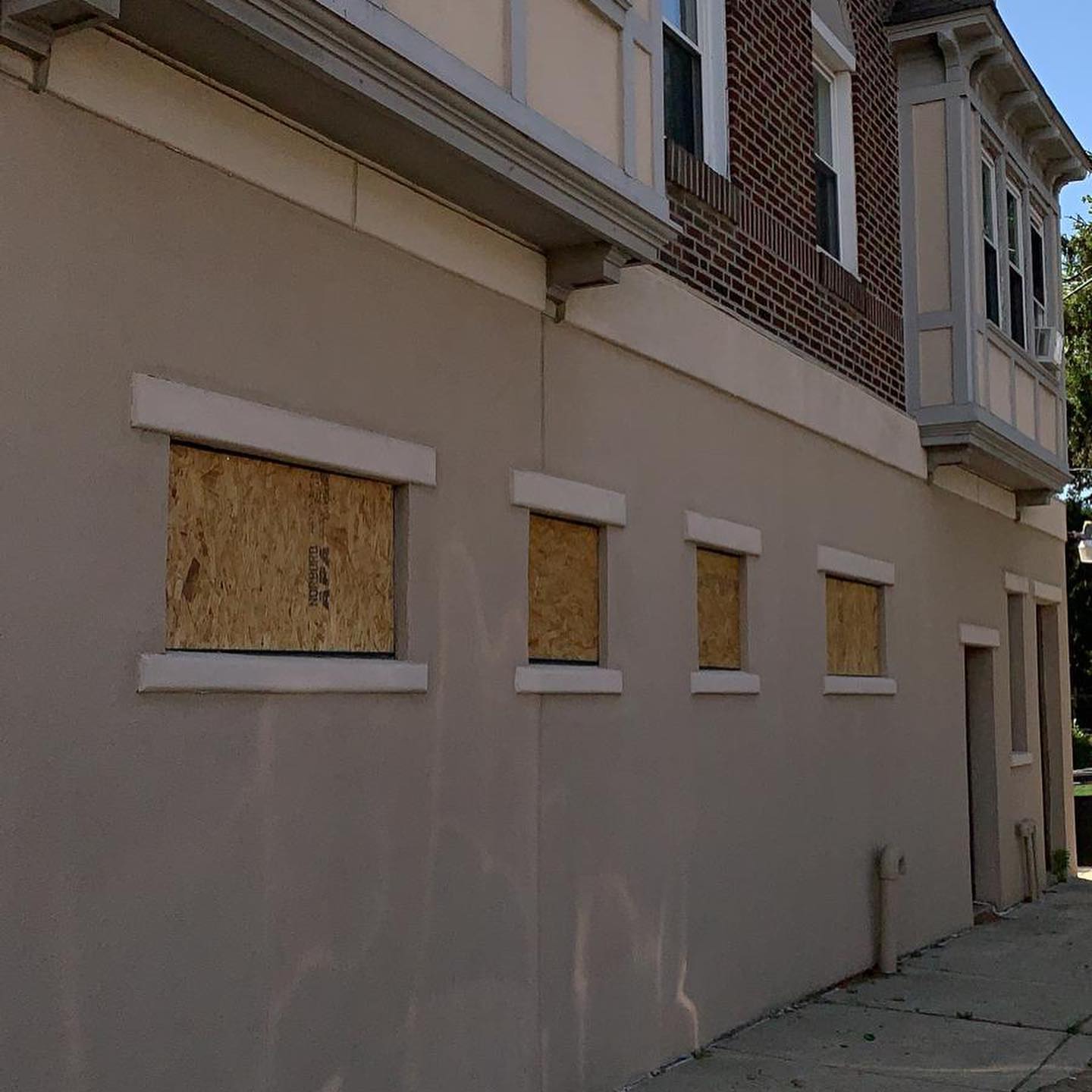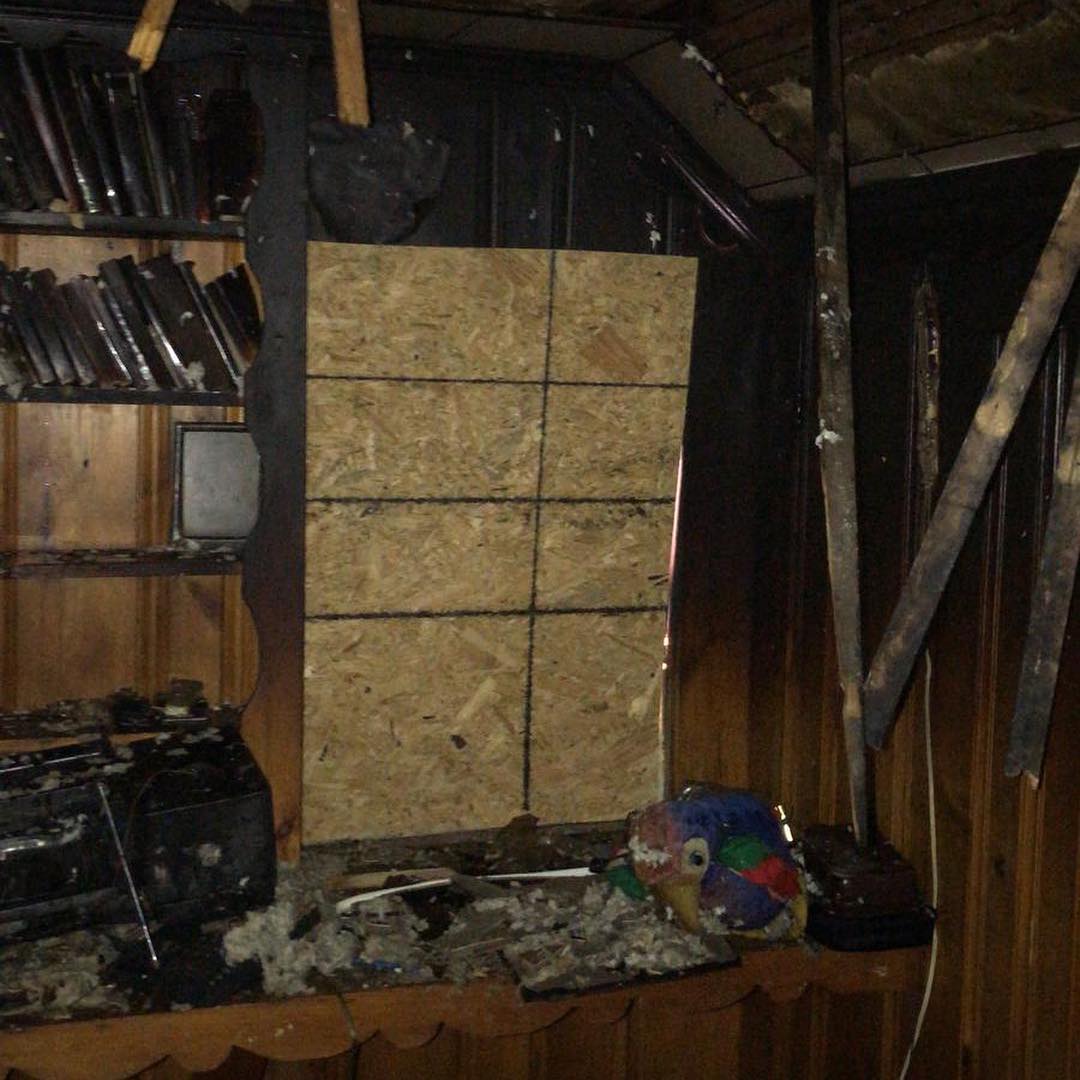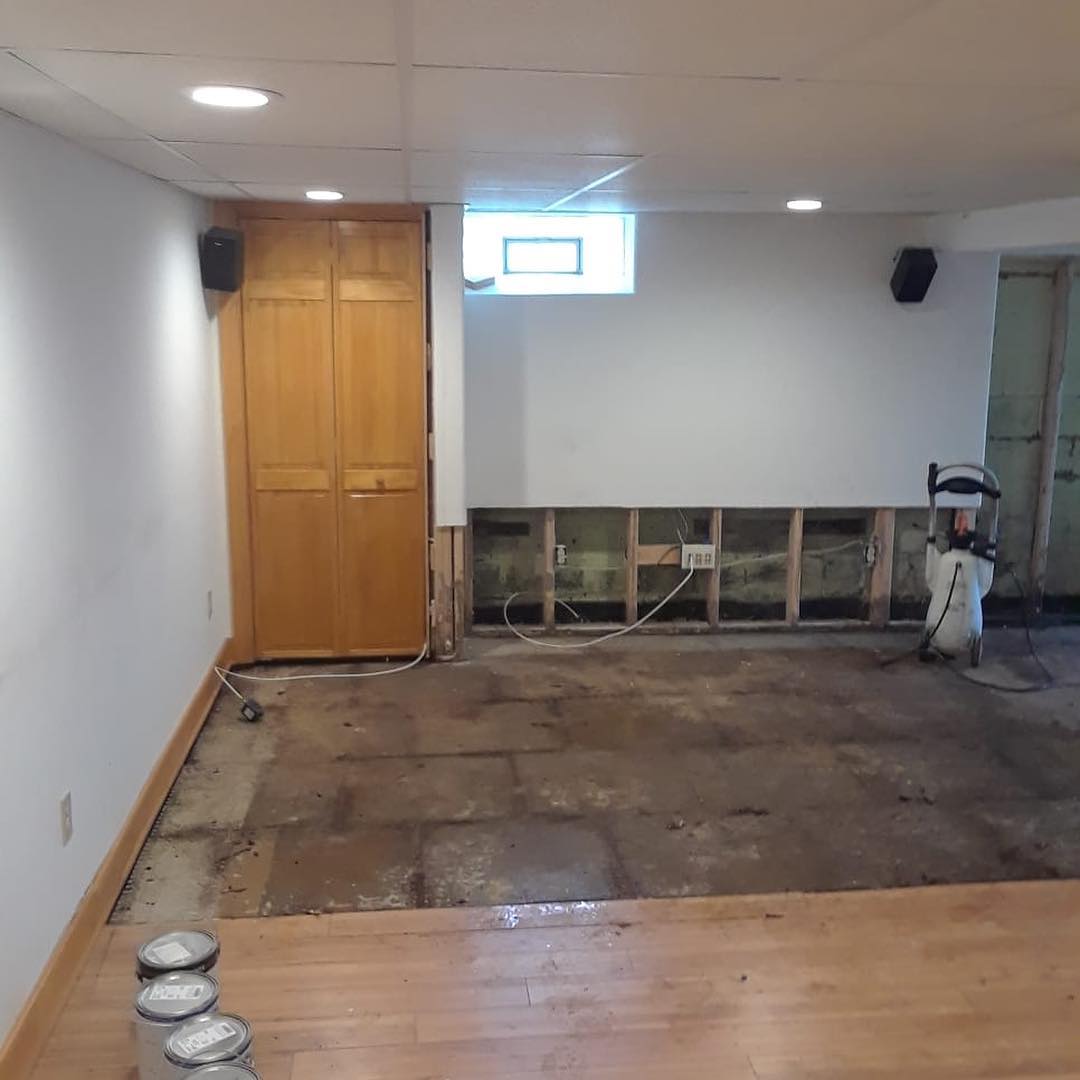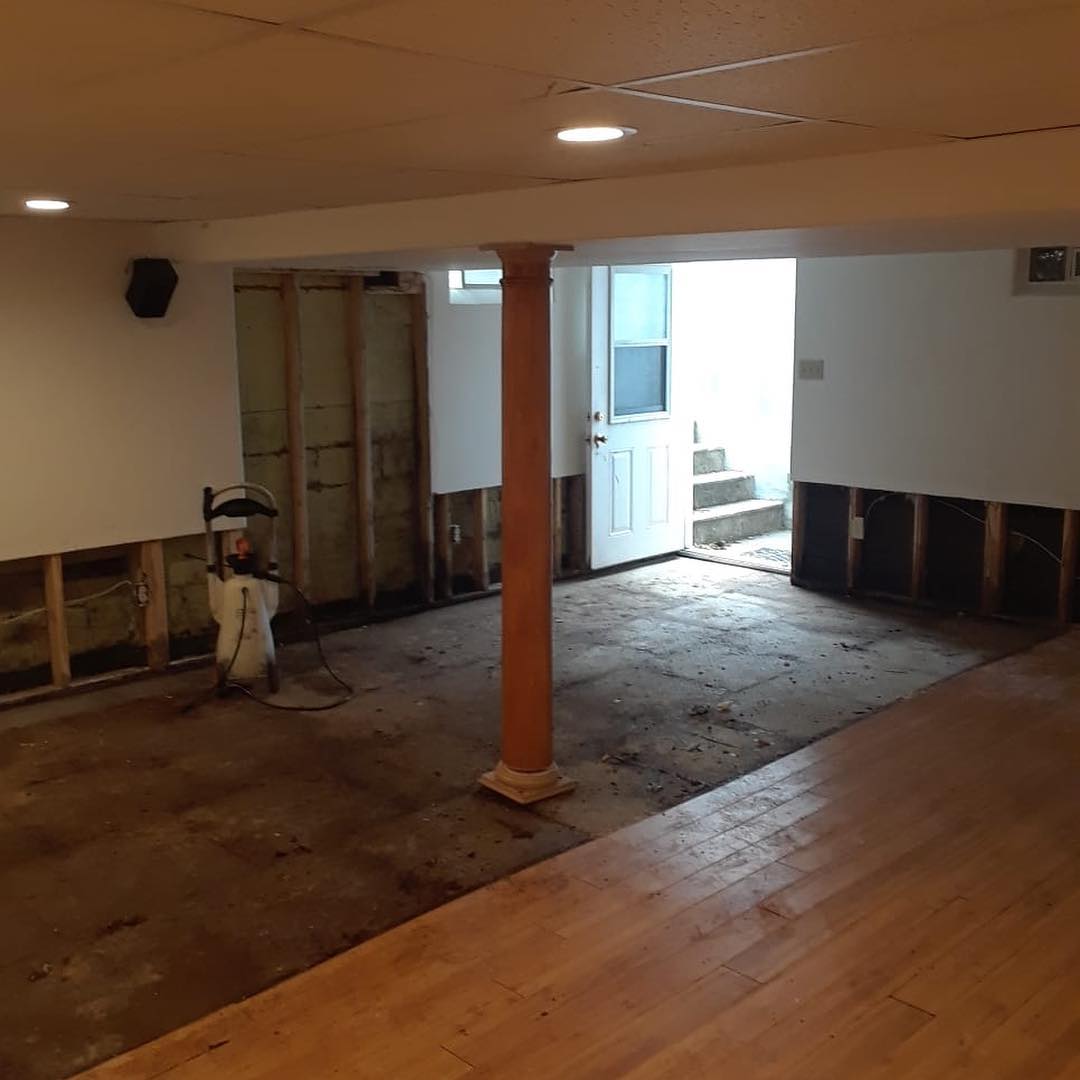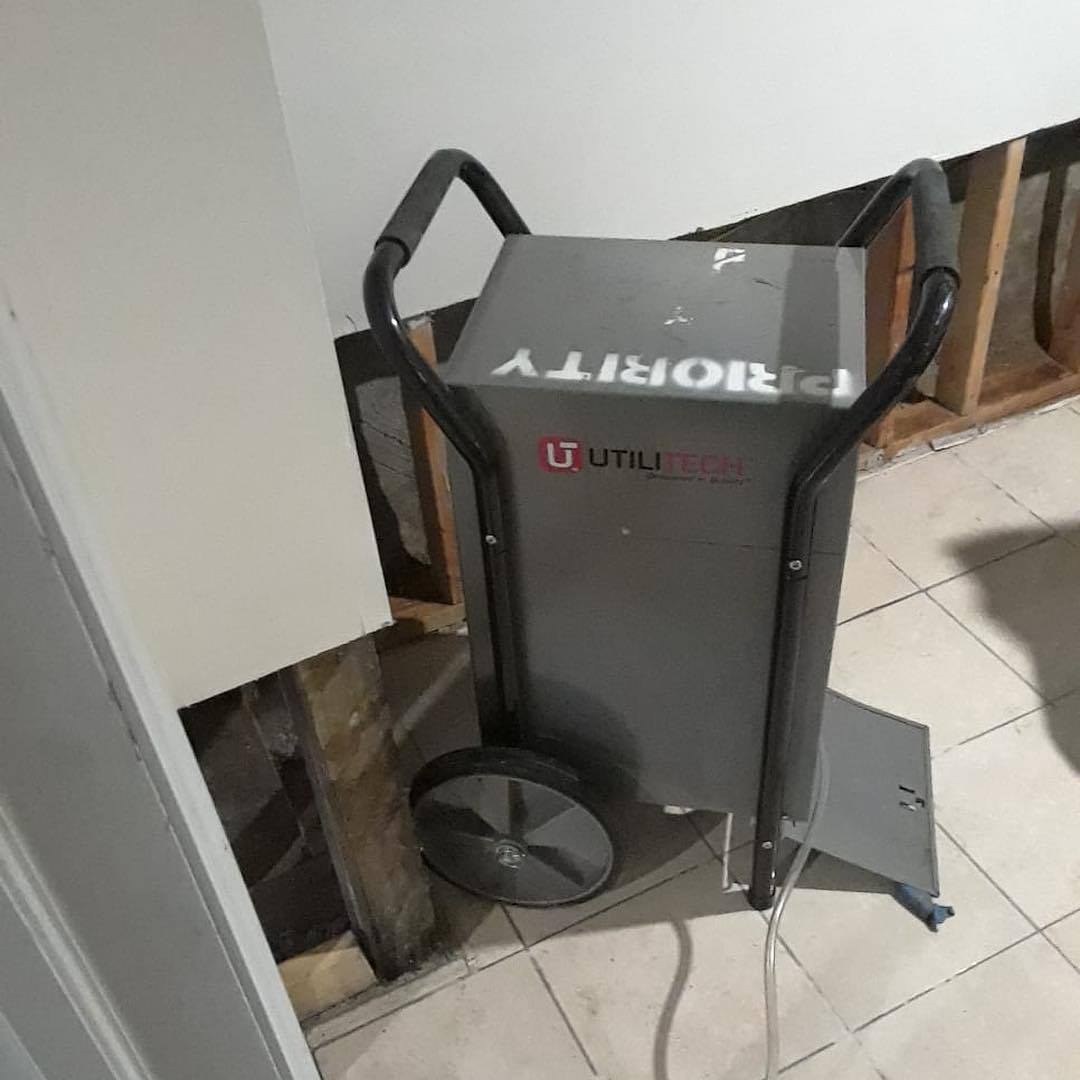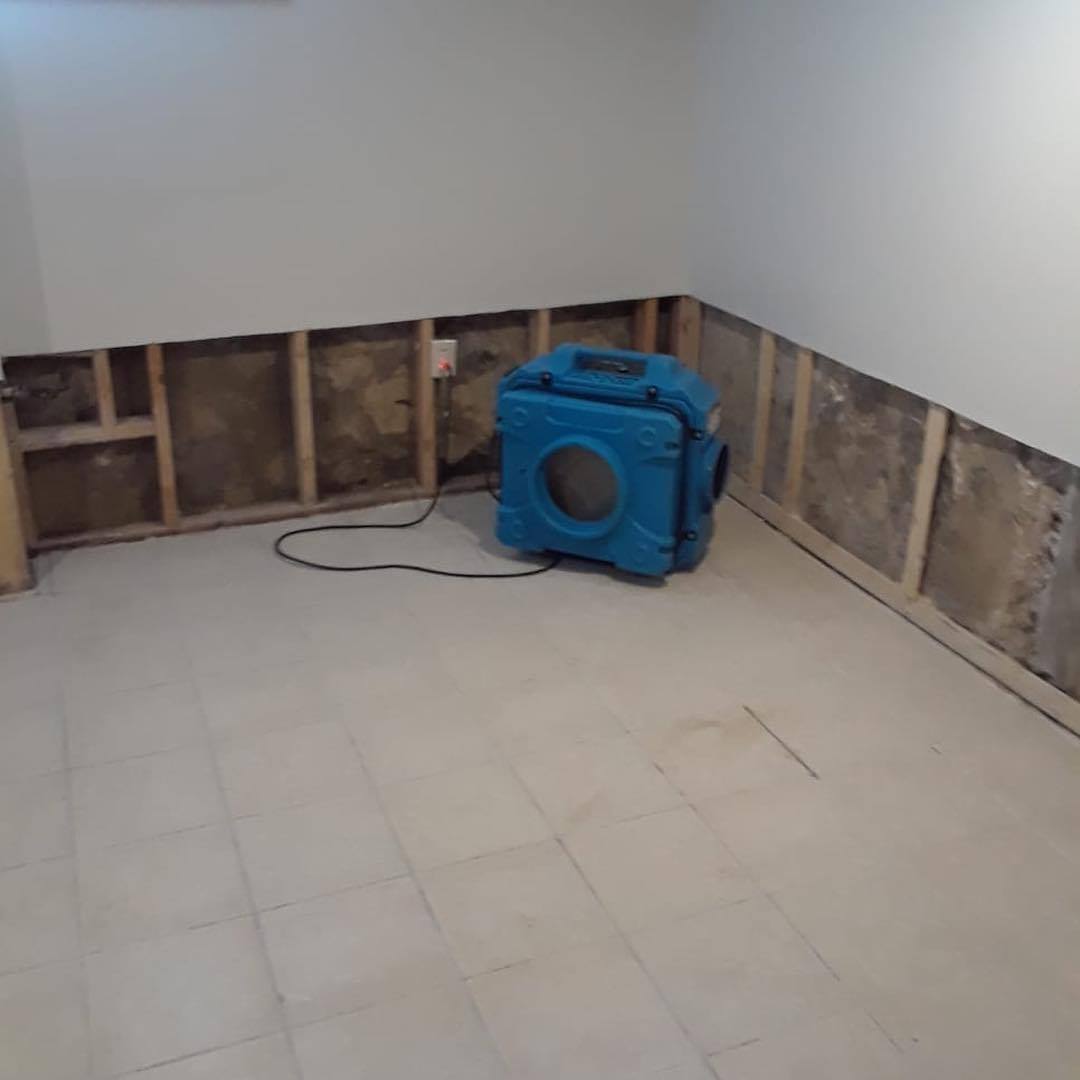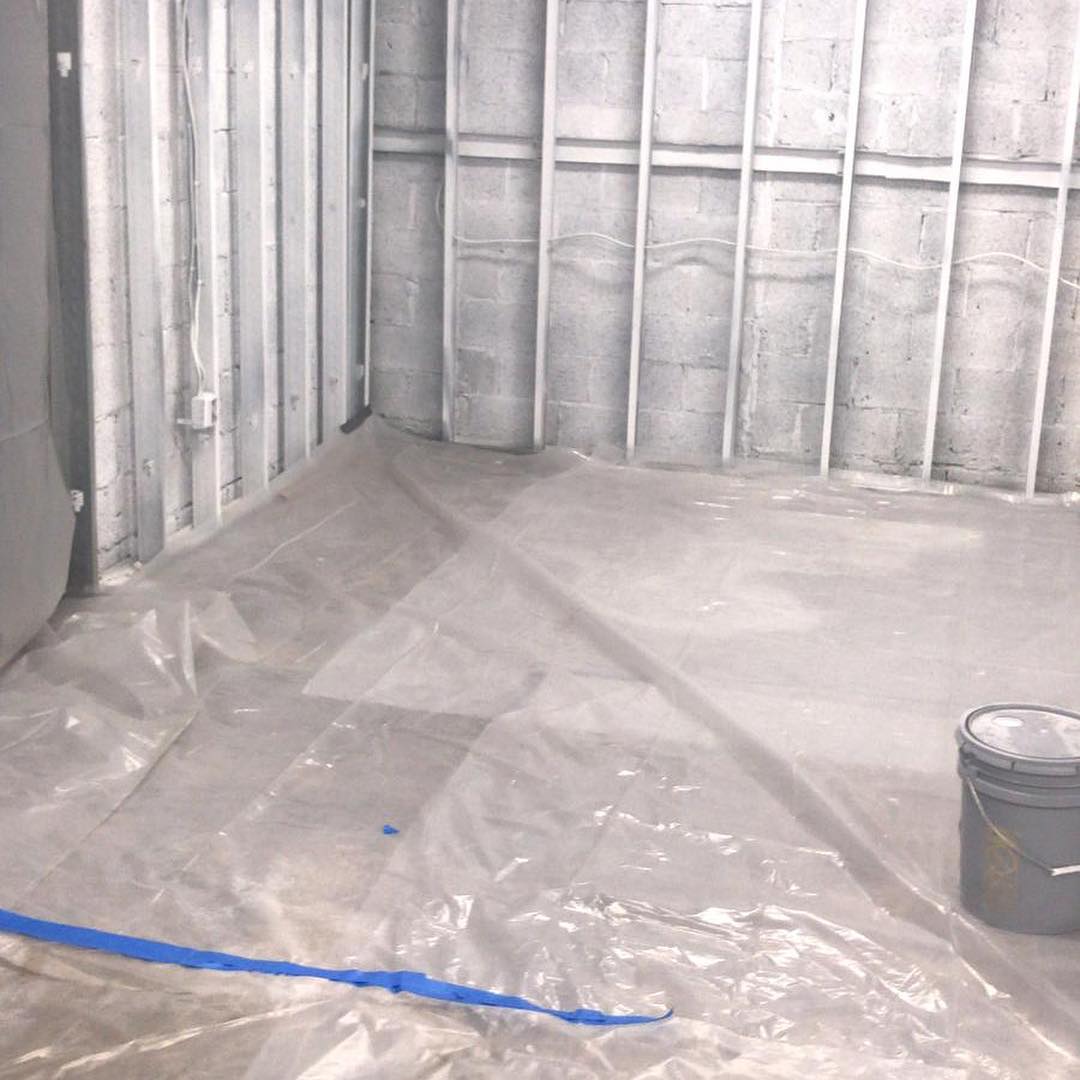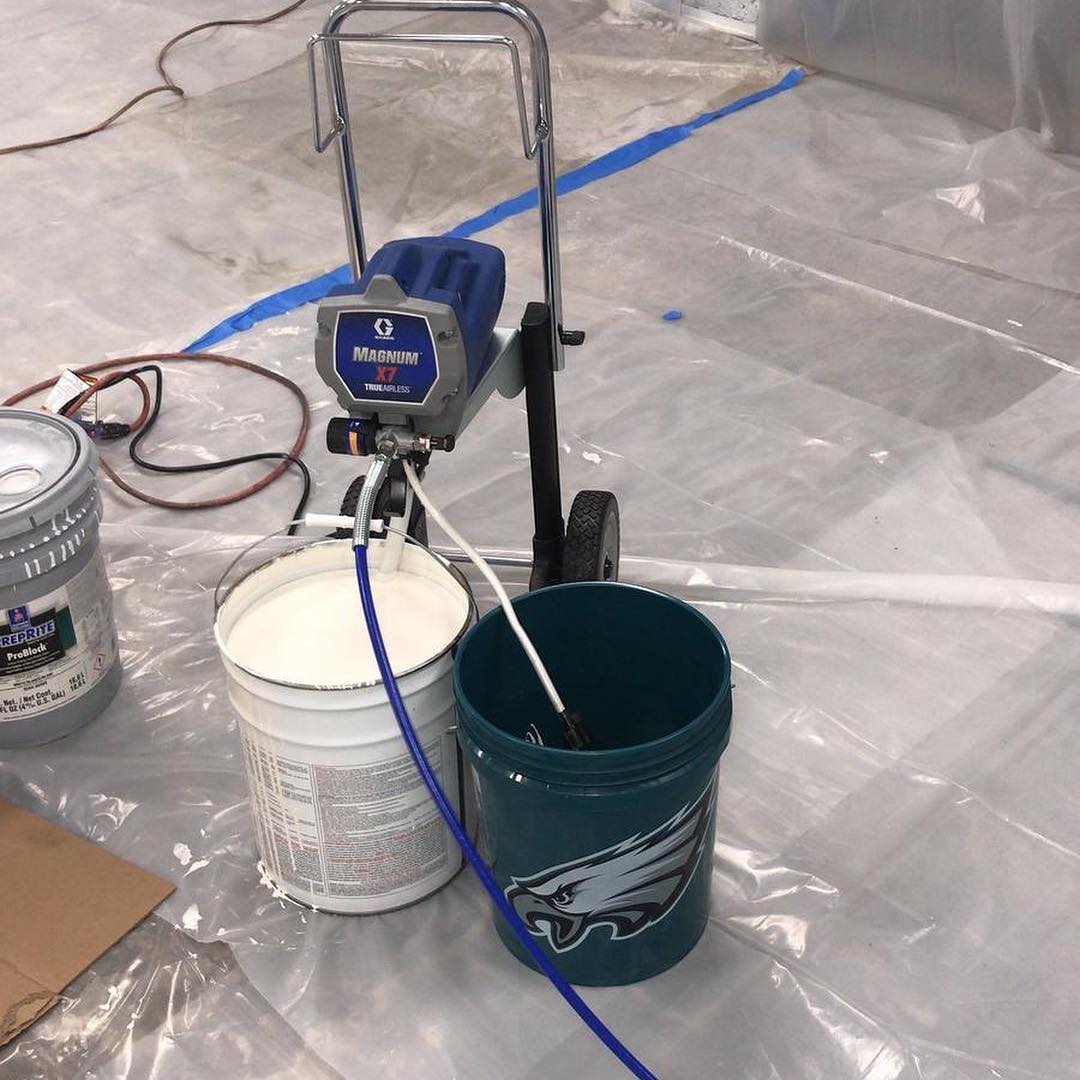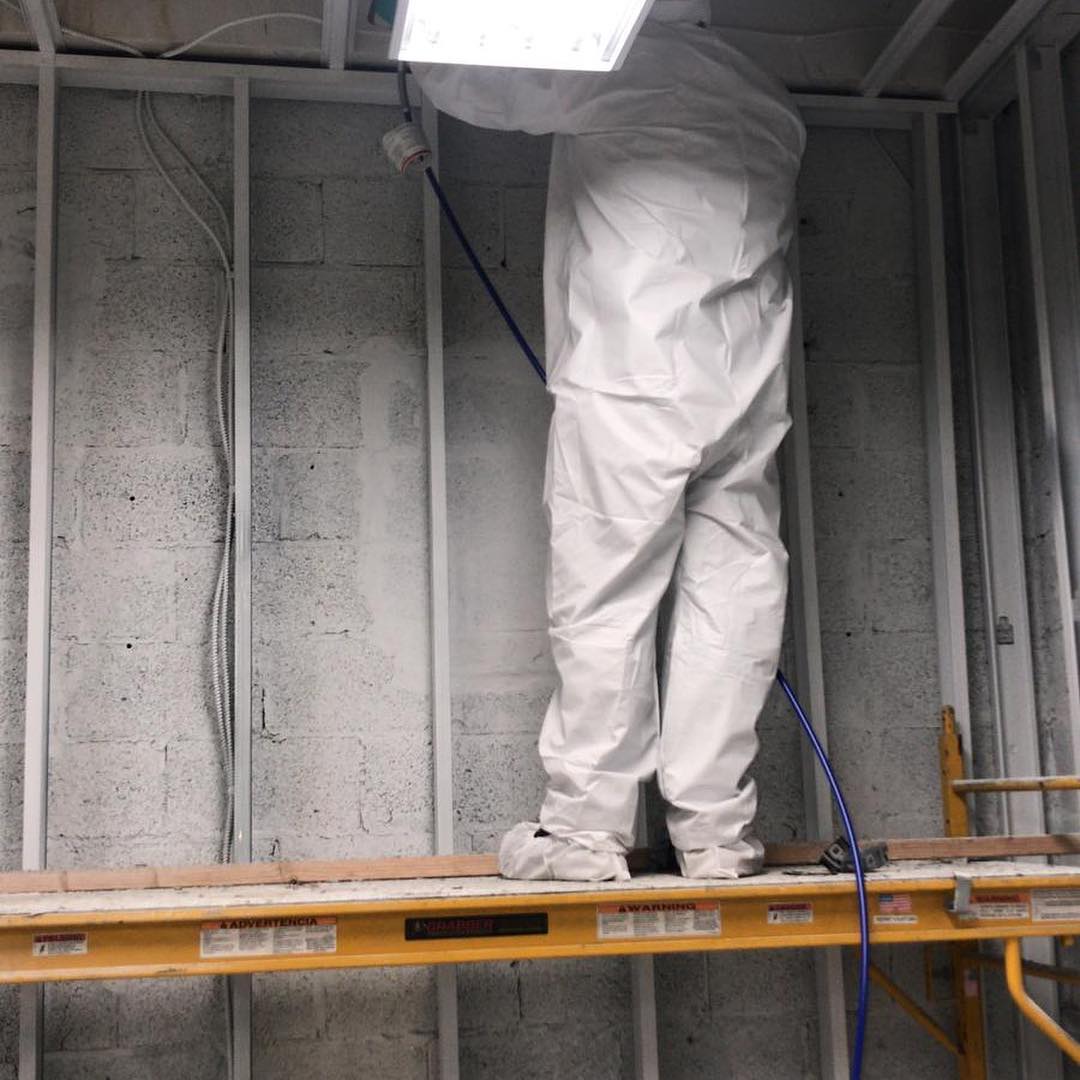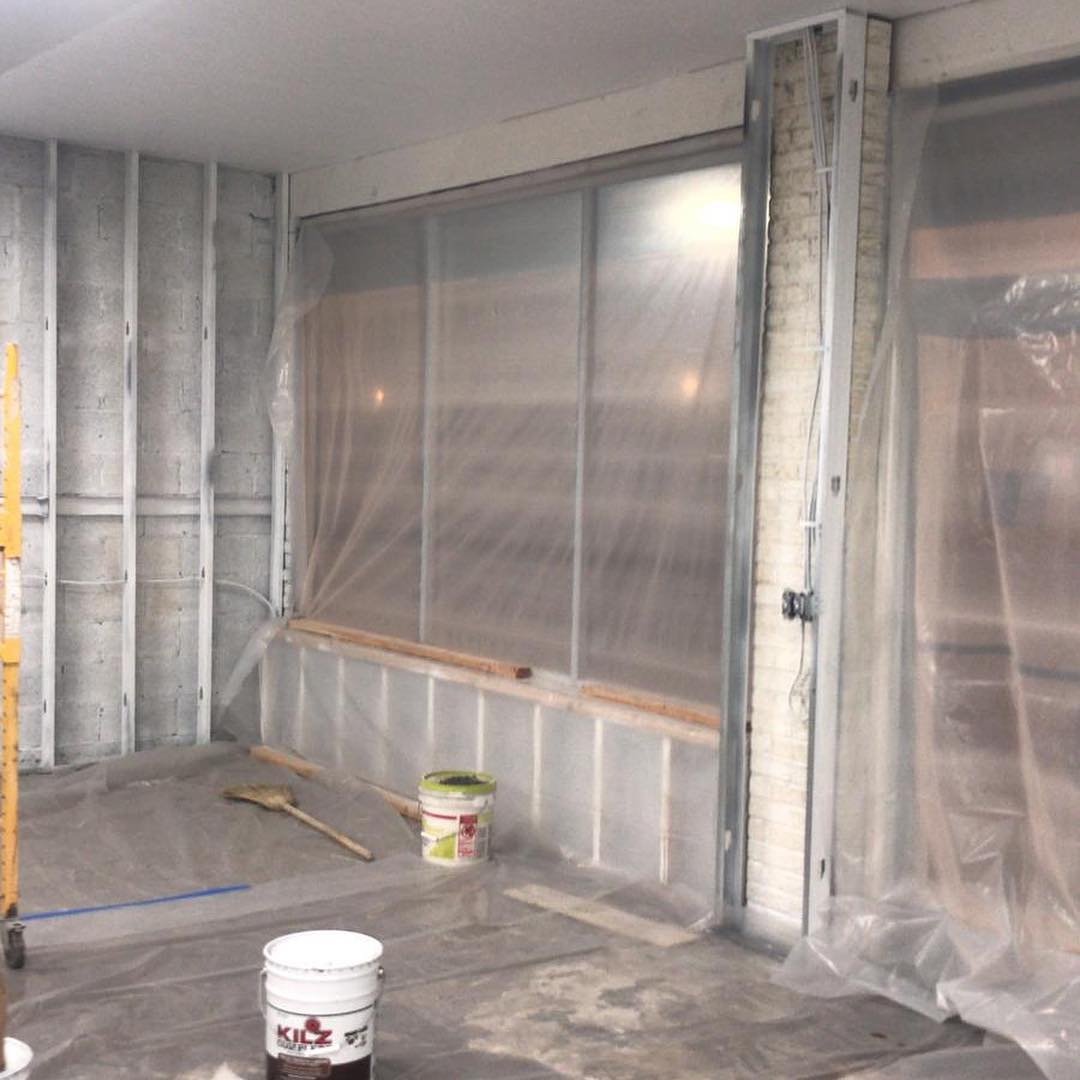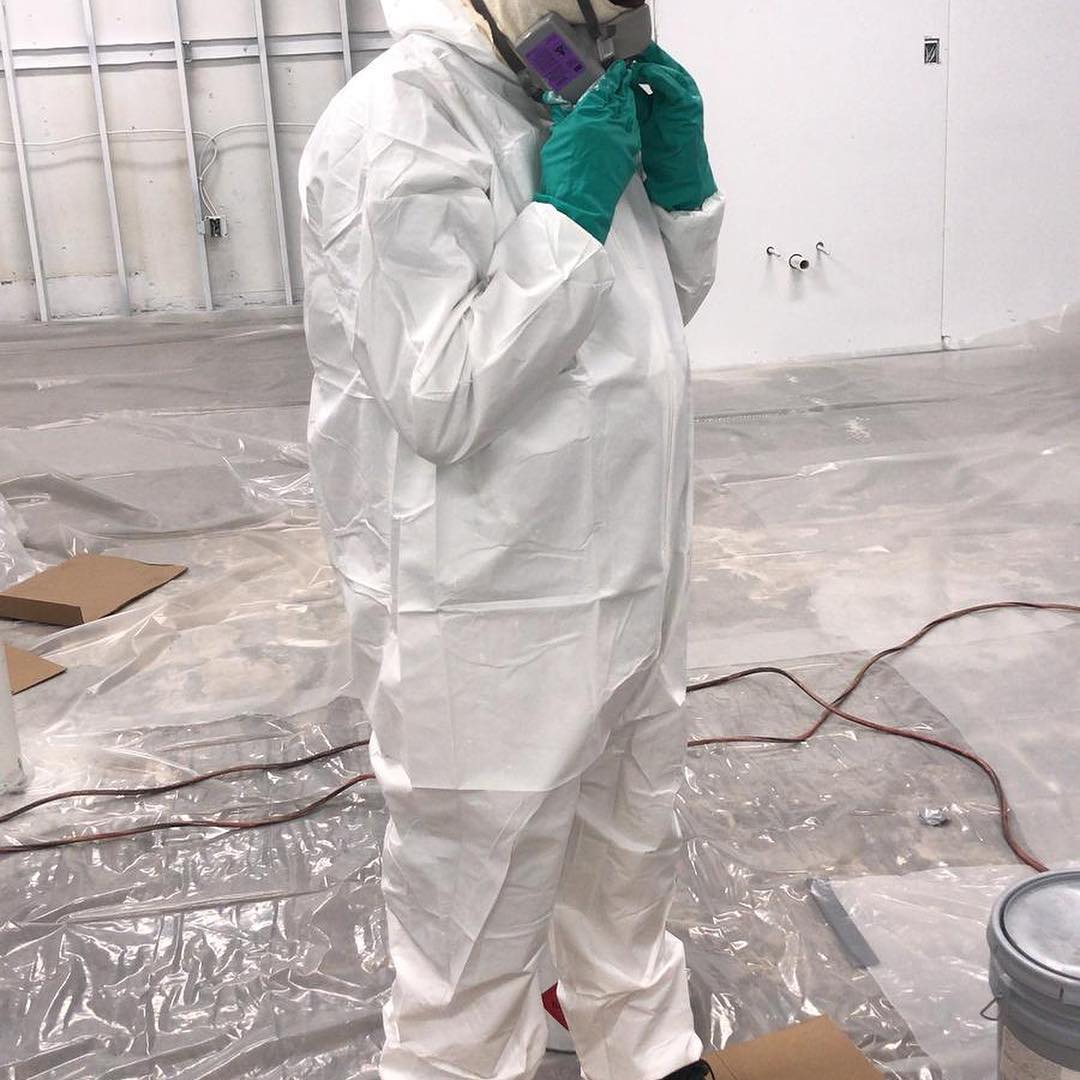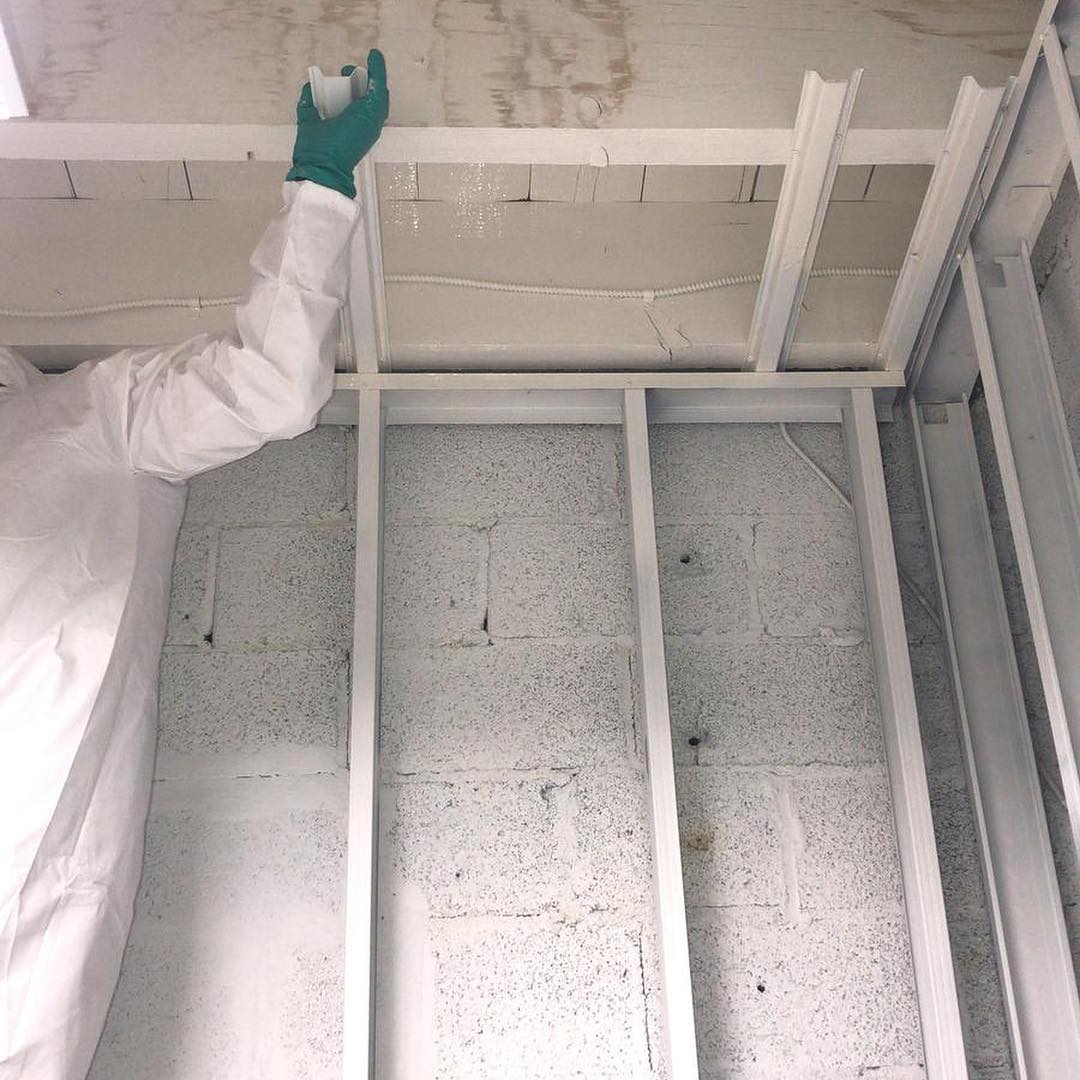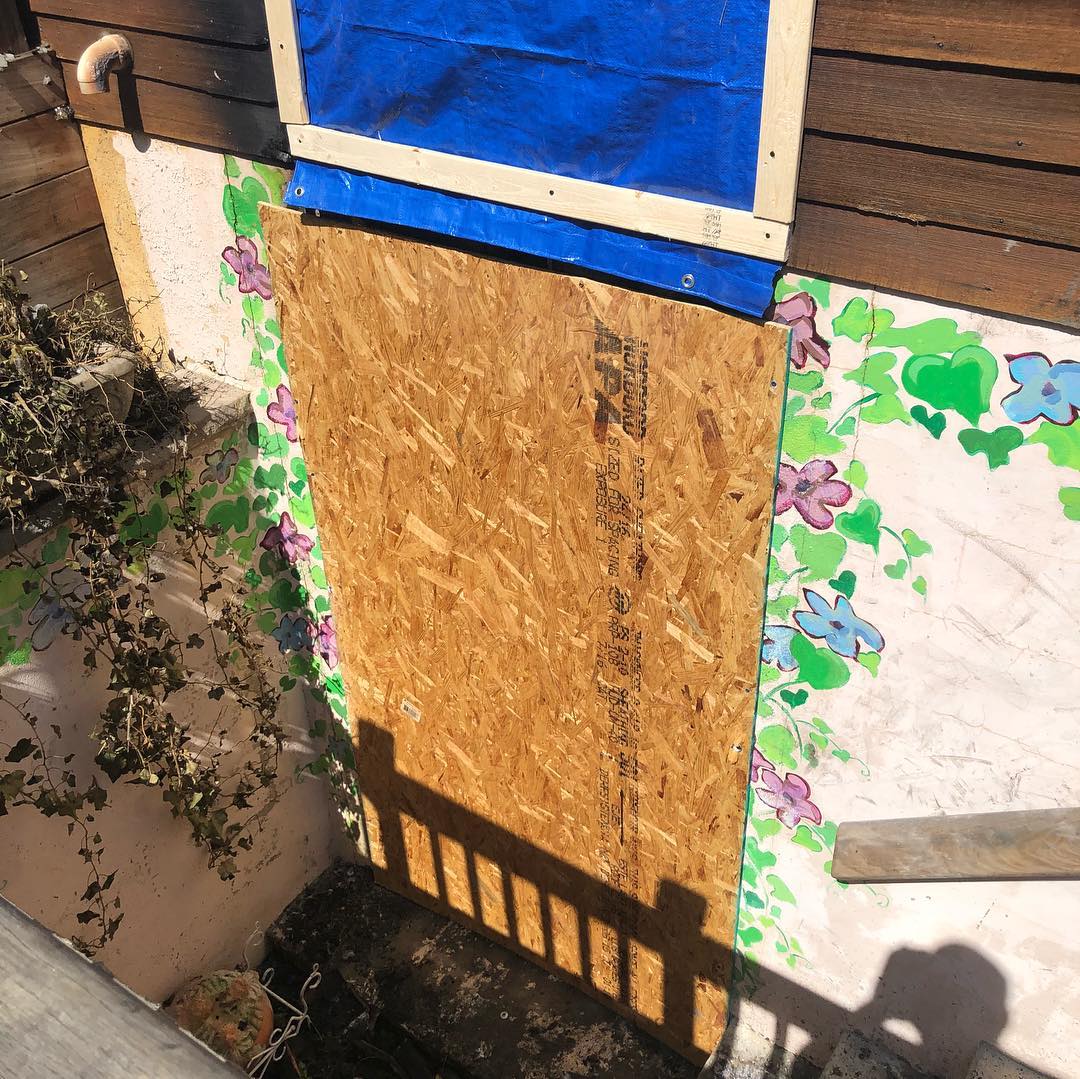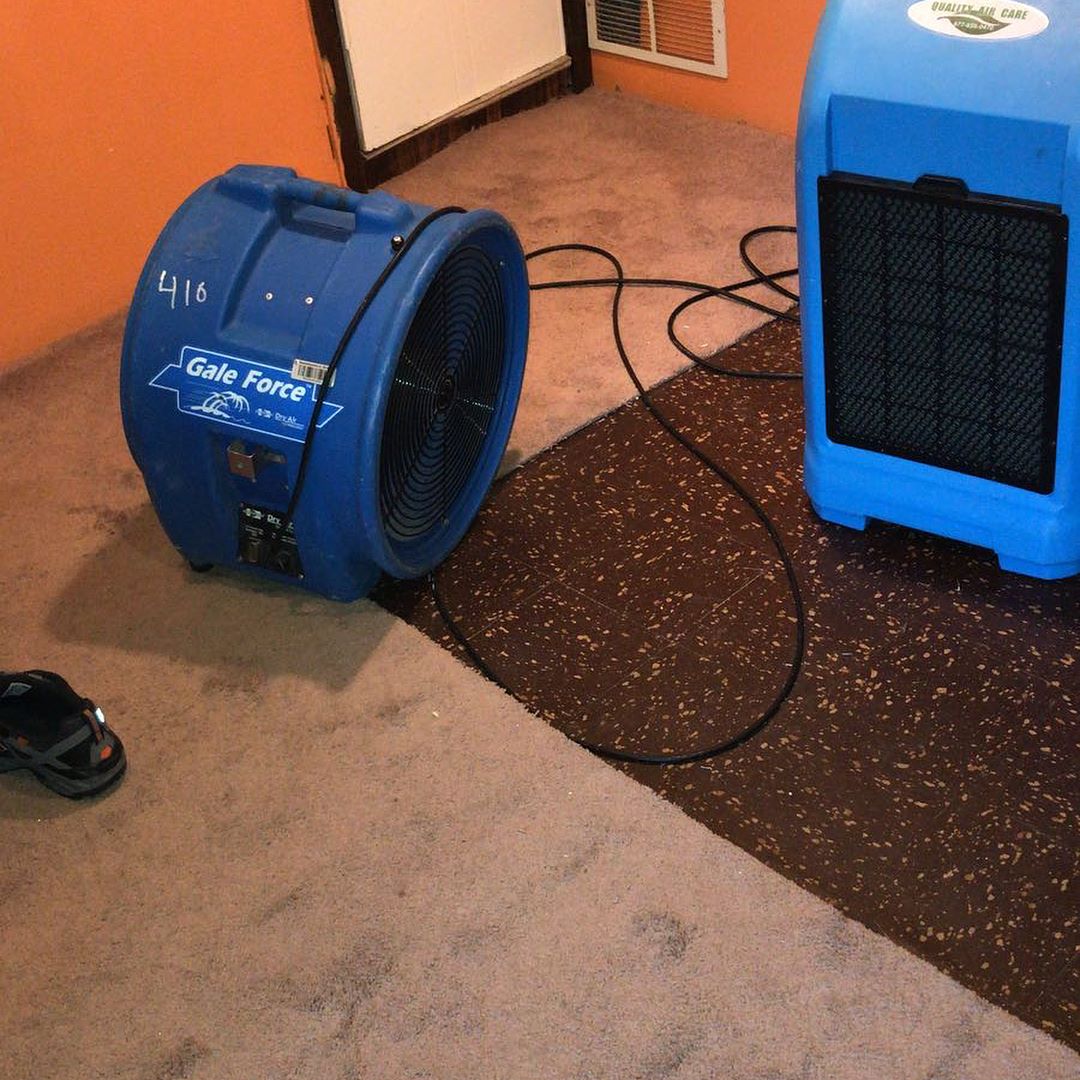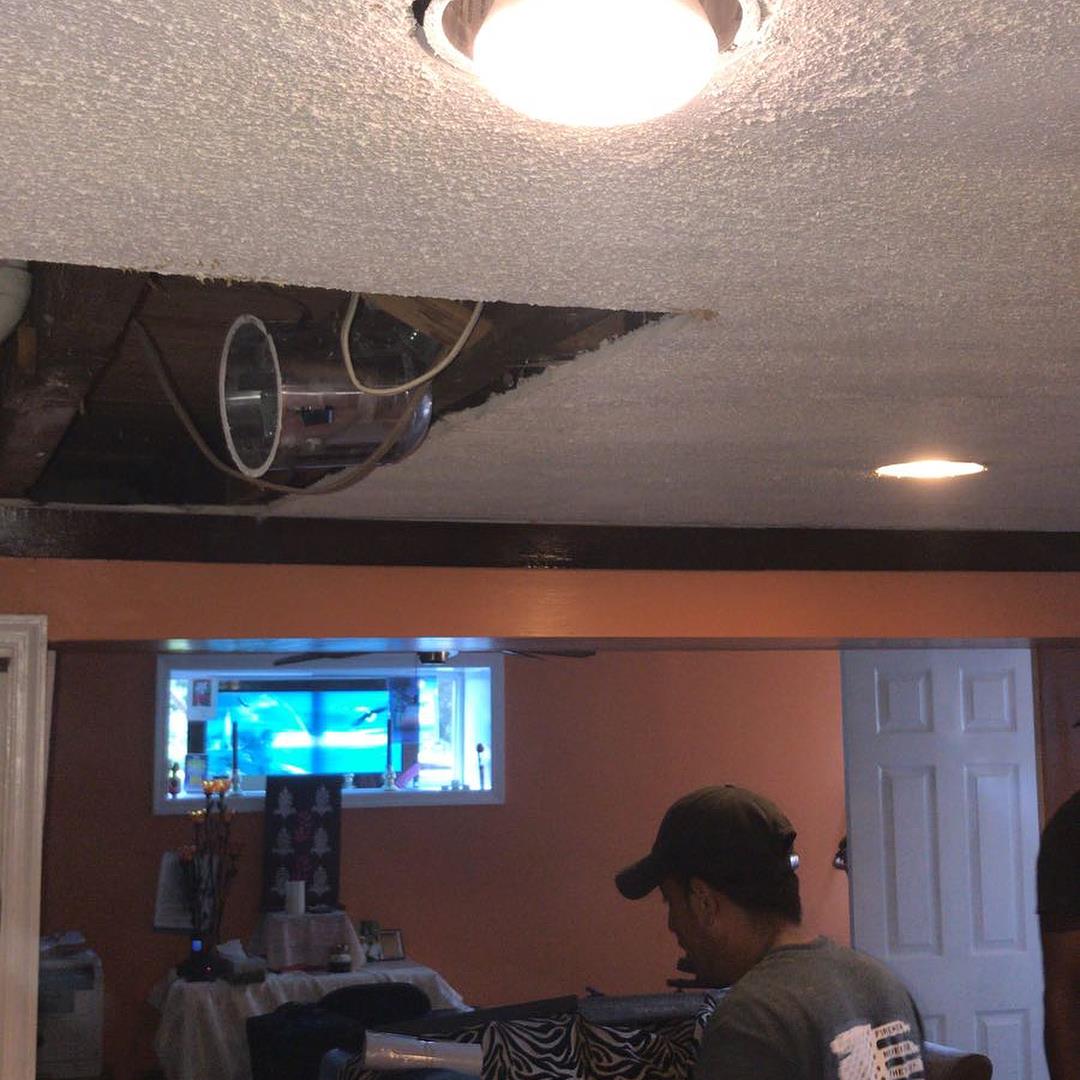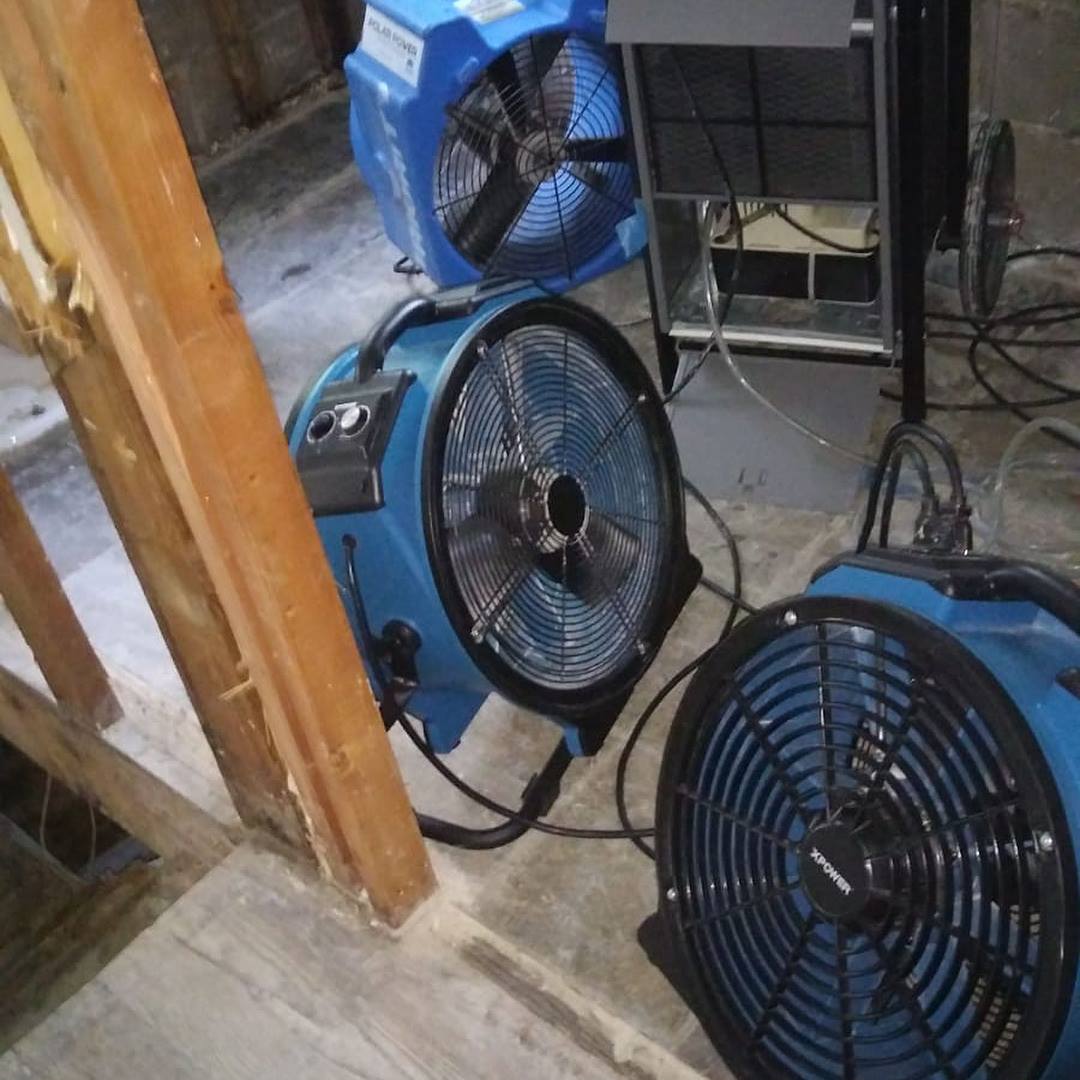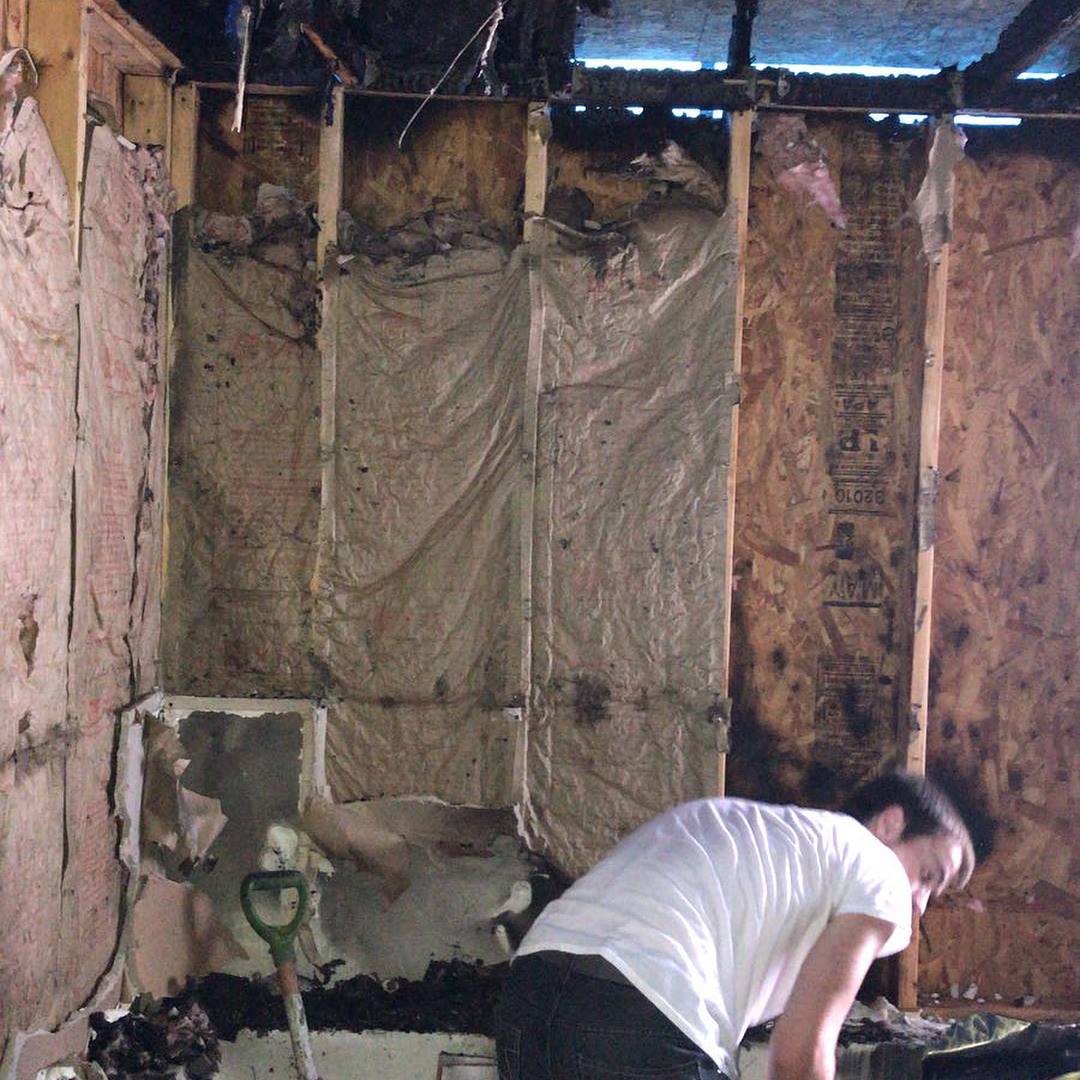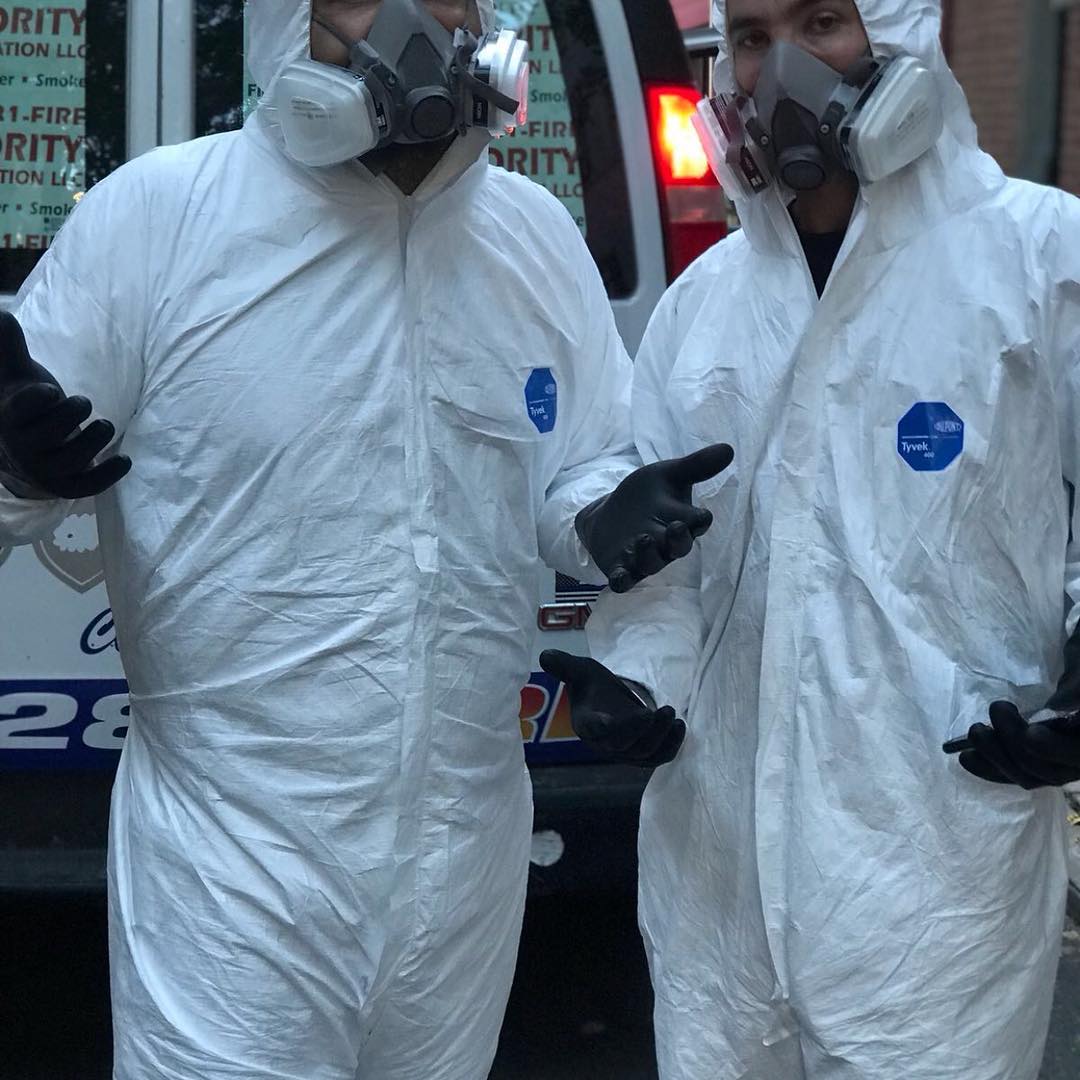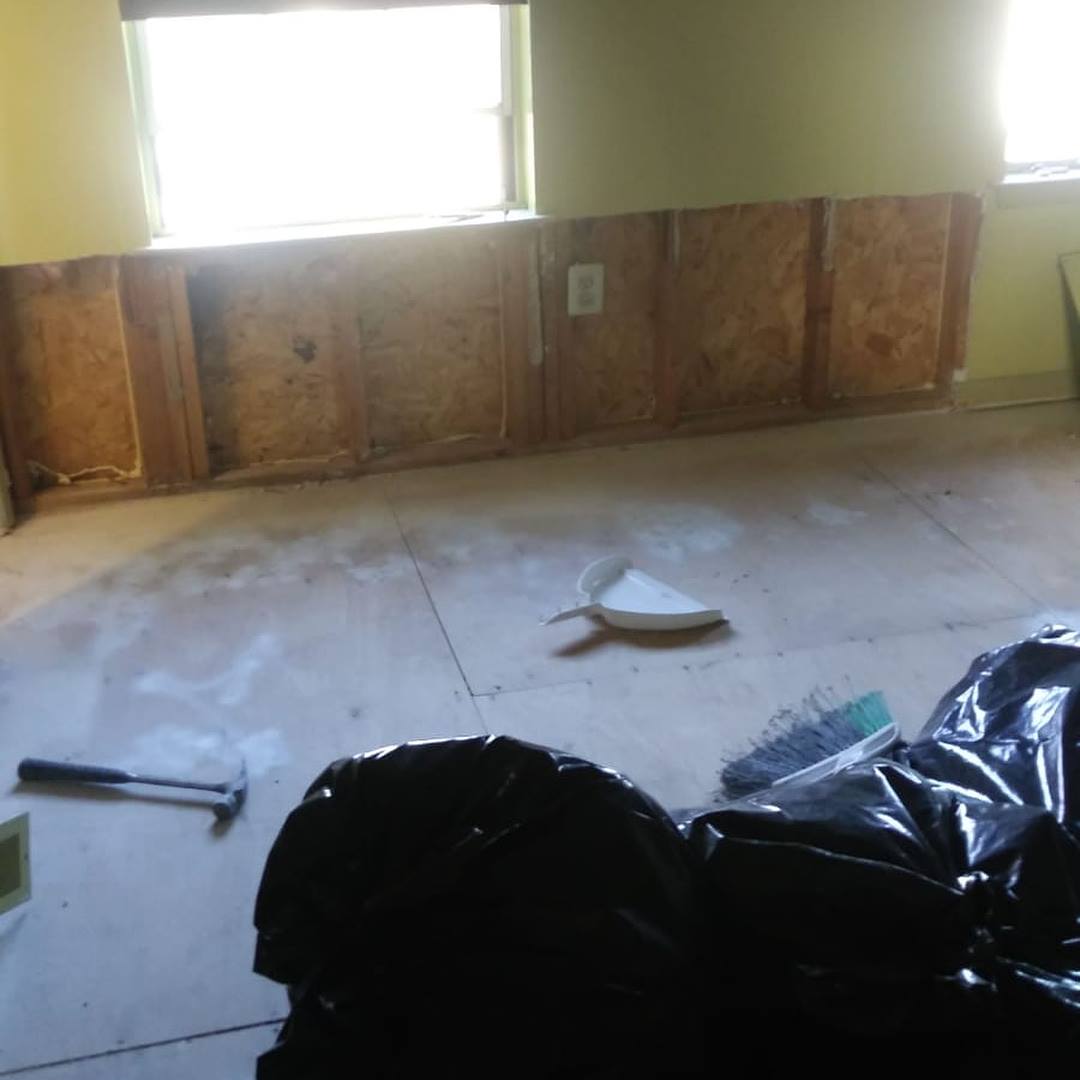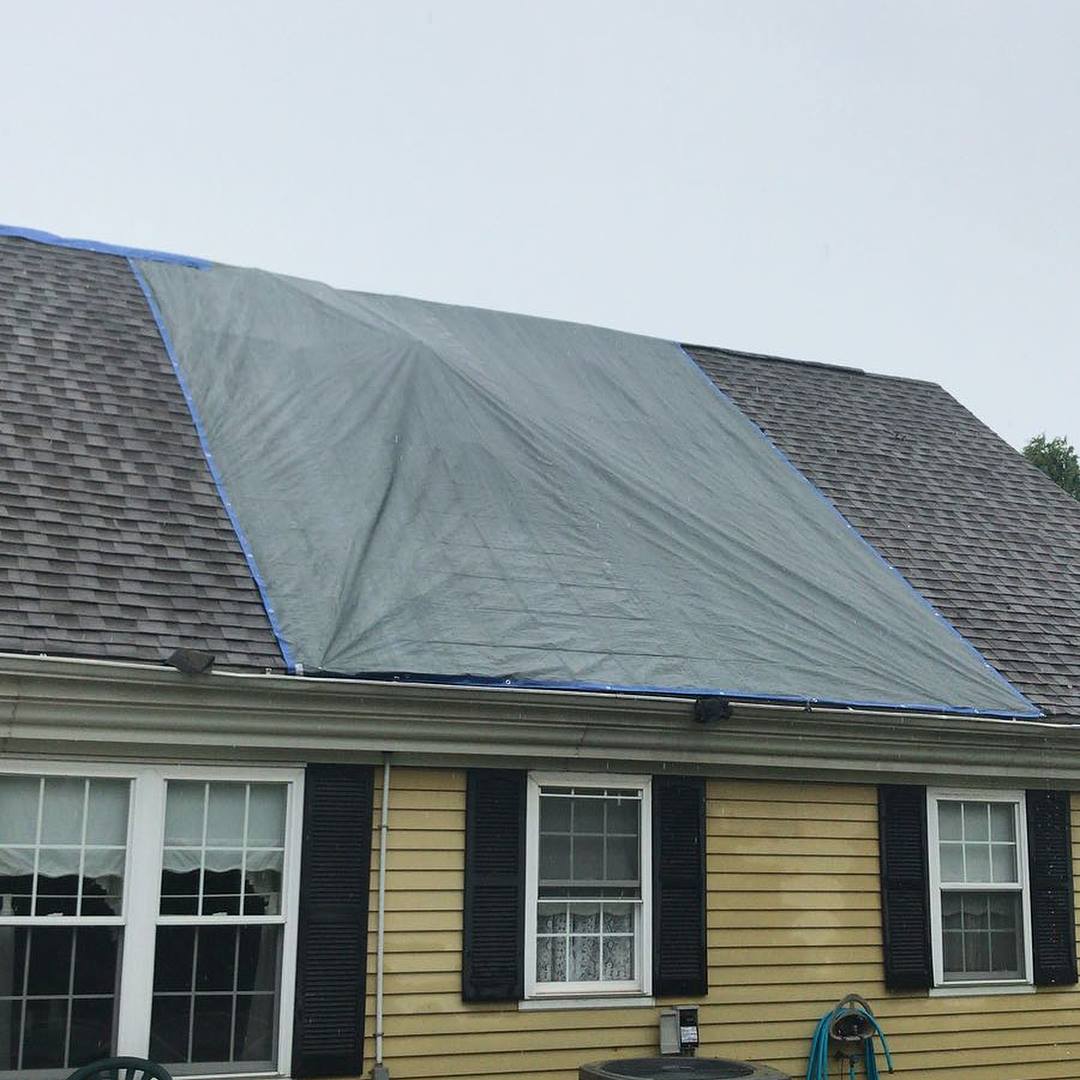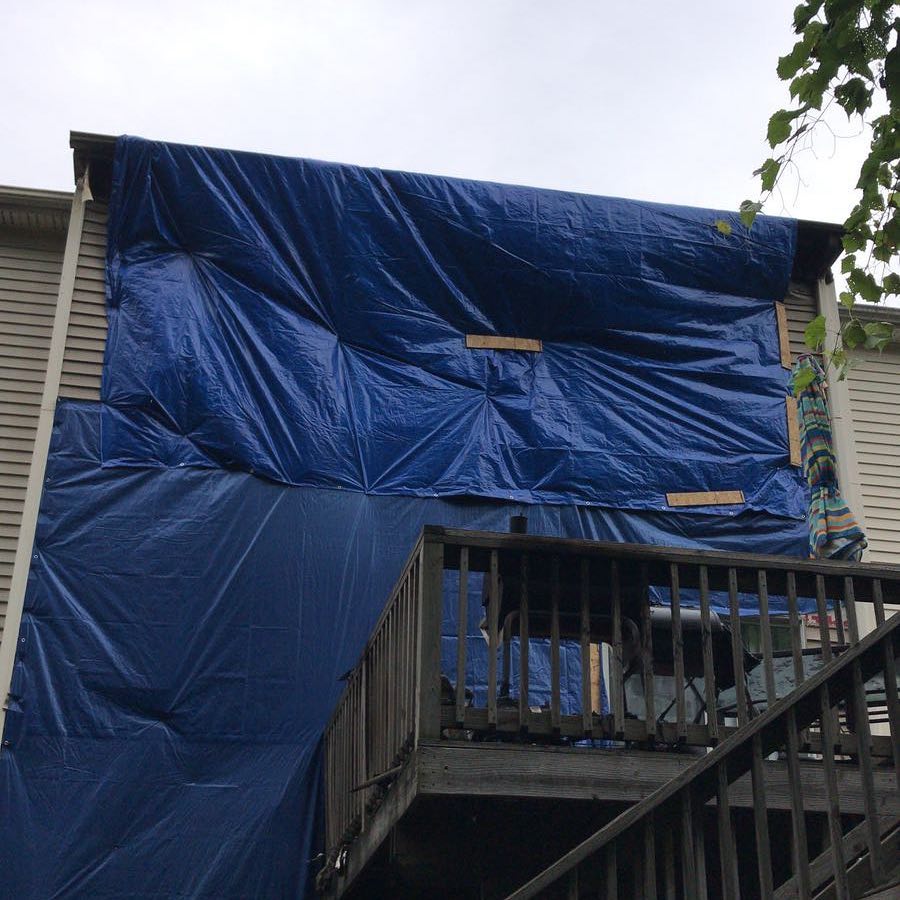
When dealing with candle fire damage, you need a reliable and local team of Philly damage restoration experts in your corner. We've restored 100s of properties, both residential and commercial, in the Philly area and we're ready to come out and help you 24/7.
We're certified, insured, and work with all insurance companies. We understand how overwhelming it can be dealing with unexpected damage so let us assist you with your claim so you can focus on getting your life back on track.

Request a Free Estimate
or call (445) 234-4123
By submitting the form, you agree to our Terms of Service and Privacy Policy.
Candles can create a warm and inviting atmosphere in any home, but they also pose a serious fire hazard. From 2009 to 2013, U.S. fire departments responded to an estimated 9,300 home structure fires that were started by candles. These fires caused 86 deaths, 827 injuries, and $374 million in direct property damage. To prevent such tragedies, it's crucial to understand the risks and take proactive measures.
Candle Fires by the Numbers
- Candles caused 3% of reported home fires, 3% of home fire deaths, 6% of home fire injuries, and 5% of the direct property damage in home fires.
- Roughly one-third (36%) of home candle fires started in bedrooms, causing 32% of the associated deaths and 47% of the associated injuries.
- Falling asleep was a factor in 11% of home candle fires and 30% of the associated deaths.
- On average, 25 home candle fires were reported per day.
- More than half (58%) of home candle fires occurred when some form of combustible material was left or came too close to the candle.
- December is the peak time of year for home candle fires, with 11% of them starting with decorations compared to 4% the rest of the year.
Preventing Candle Fires
- Never leave a burning candle unattended: It's important to extinguish candles before leaving a room or going to sleep. Even a small flame can quickly turn into a large fire if left unattended.
- Keep candles away from combustible materials: Make sure candles are placed on a stable surface and are at least 12 inches away from anything that can catch fire, such as curtains, bedding, or decorations.
- Use candle holders: Use candle holders that are sturdy and won't tip over easily. Make sure the candle fits securely in the holder and is placed in a way that prevents it from falling or being knocked over.
- Trim the wick: Keep the wick trimmed to 1/4 inch to prevent high flames and excessive dripping.
- Keep candles out of reach of children and pets: Place candles in a location where they cannot be reached by children or pets, as they may accidentally knock them over.
- Consider flameless candles: Consider using flameless candles, which are battery-operated and can provide a similar ambiance without the fire risk.
- Educate your family: Teach your family about the dangers of candles and the importance of fire safety. Make sure everyone knows how to safely use and extinguish candles.
Common Rooms Where Fires Are Caused by Candles
Candles are often used to create a cozy atmosphere in homes, but they can also pose a significant fire risk if not used safely. Understanding which rooms are most at risk can help you take precautions to prevent fires.
- Bedrooms: Approximately one-third of home candle fires start in bedrooms. This is often due to candles being left burning unattended, especially at night. Falling asleep while a candle is lit can lead to a dangerous situation.
- Living Rooms: The living room is another common area where candle fires start. Placing candles too close to curtains, upholstery, or other flammable materials can easily ignite a fire.
- Bathrooms: Although less common, fires can also start in bathrooms where candles are often used during baths or relaxing routines. Water from a bath can cause the candle to tip over, igniting nearby materials.
- Dining Rooms: Candles used during meals or special occasions in dining rooms can be knocked over accidentally, especially if placed near table edges or in high-traffic areas.
- Hallways and Entryways: Hallways and entryways are often overlooked but can also be locations where candle fires occur. Placing candles on unstable surfaces or near clutter can increase the risk.
How Materials Ignite
Understanding how materials ignite can help you prevent fires caused by candles. Candles can ignite materials through direct contact or by radiating heat. Here's how it happens:
- Direct Contact: If a candle flame comes into direct contact with a flammable material such as curtains, bedding, or paper, it can ignite the material. This is why it's important to keep candles at least 12 inches away from anything that can catch fire.
- Radiant Heat: Even if a candle flame does not touch a material, it can still ignite it through radiant heat. This means that the heat from the candle flame warms nearby materials to the point where they ignite. This is why it's important to place candles on stable, heat-resistant surfaces and away from drafts or air currents that can carry the heat to nearby materials.
Frequently Asked Questions About Candle Fires in Philly
Yes, candles can still pose a fire risk even when placed in a hurricane lamp or lantern. While these devices can help contain the flame and reduce the risk of the candle being knocked over, they can still ignite nearby materials if placed too close.





















